Top 5 Things to do in Montenegro
Bay of Kotor
“The part of the Adriatic Coast belonging to Montenegro is the purest part of the Mediterranean”
Introduction:
During a memorable five-day stay in Montenegro, I was lucky enough to get to explore several magnificent and unforgettable attractions.
In this article, I will share details of the top 5 things to do in Montenegro. Whether you're drawn to ancient architecture, stunning landscapes, or vibrant cultural experiences, this place has something to offer every type of traveller.
By the way, 95% of the images and all of videos in this blog are from a solo trip that I made in April 2024.
Key Takeaways from "Top 5 Things to Do in Montenegro":
Kotor: Explore the well-preserved medieval Old City, hike the city walls, visit historic cathedrals, and see Our Lady of the Rocks.
Lovcen National Park: Hike to the summit, visit Njegoš Mausoleum, enjoy wildlife watching, and explore local villages.
Budva: Visit the Old Town and Citadel, relax on various beaches, kayak or paddleboard, visit the Podmaine Monastery, and experience vibrant nightlife.
Lake Skadar: Birdwatching, boating, cultural exploration, wine tasting, and hiking.
Blue Cave: Swim and explore the stunning natural sea cave accessible by boat.
Interesting Facts about Montenegro:
Population Density: Montenegro has a relatively low population density, with around 45 people per square kilometer, allowing for vast areas of unspoiled natural beauty.
Tourist Arrivals: Montenegro welcomes over 2 million tourists annually, which is notable considering its small population of about 620,000 people!
Wildlife: Montenegro's rugged northern regions, especially Durmitor National Park and Biogradska Gora, are home to elusive wildlife such as brown bears, wolves, and the Balkan lynx. Although spotting these shy and secretive animals is rare, they thrive in the protected, dense forest habitats that cover much of the country.
Historical Legacy: Montenegro was the only country in the Balkans to maintain its independence from the Ottoman Empire, a point of national pride.
Cultural Diversity: Montenegro has a rich cultural mosaic with influences from the Venetians, Austro-Hungarians, and Ottomans, reflected in its architecture, cuisine, and languages.
UNESCO World Heritage Sites: Montenegro is home to several UNESCO World Heritage Sites, including the stunning natural and culturo-historical region of Kotor.
National Parks: Montenegro has five national parks, including Durmitor National Park, which features 48 peaks above 2,000 meters and 18 glacial lakes, offering stunning landscapes and outdoor activities.
Top 5 Things to do in Montenegro:
1. Kotor:
Kotor is a incredible coastal town in Montenegro, situated at the edge of a dramatic bay on the Adriatic Sea. Known for its stunning natural setting, the town is surrounded by steep mountains and has incredible well-preserved medieval architecture. For me it is definitely one of top 5 things to do in Montenegro. Please check out our more detailed article about The Best Things to do in Kotor.
Here is a list of the main things to see in Kotor.
Kotor Old City: The Old City of Kotor is a beautifully preserved medieval town, nestled at the foot of Mount Lovćen and surrounded by ancient walls. A UNESCO World Heritage site, this historic district features narrow, winding streets, bustling squares, and a blend of architectural styles that reflect various periods from Roman times through the Venetian era. Notable buildings include the Clock Tower, the Prince’s Palace, and numerous historic houses.
Kotor Bay & Viewpoint: Kotor Bay, also known as Boka Bay, is often described as one of the most incredibly beautiful parts of the Adriatic Sea, surrounded by high cliffs and dotted with picturesque coastal towns. The bay offers stunning views from numerous vantage points. Some of the most famous viewpoints are the Kotor Serpentine, a winding road that provides panoramic views of the bay, and the viewpoint from Mount Lovćen, accessible via the scenic Lovćen serpentine road. If you plan to drive the serpentine road, I do recommend being a confident driver as there are many twists very high-up.
Hike Kotor City Walls: Hiking the city walls of Kotor is a popular activity that offers both a physical challenge and rewarding views. The walls stretch some 4.5 kilometers and date back to the medieval period. Climbing the walls, you can reach the fortress of Saint John (San Giovanni) at an altitude of 280 meters. The hike is steep and can take about an hour, but the panoramic views of Kotor Bay from the top are truly breathtaking.
Beautiful Cathedrals: Cathedral of Saint Tryphon (Sveti Tripun): This cathedral is one of the most recognisable symbols of the city, built in 1166. It houses an important collection of art and sacred relics, and its architecture is a mixture of Romanesque and Byzantine styles. Church of Saint Nicholas: This Serbian Orthodox church features impressive frescoes and a rich collection of icons. It is a significant site for the local Orthodox Christian community. Church of Saint Luke (Sveti Luka): Dating back to 1195, this church has served both the Catholic and the Orthodox communities over the centuries, symbolising Kotor’s historic religious tolerance. The church still retains its original form and offers a unique blend of architectural styles.
Our Lady of the Rocks: Located on a man-made islet in the Bay of Kotor near Perast, Our Lady of the Rocks is an iconic Catholic church and a popular pilgrimage site. According to legend, the islet was created by seamen who kept an ancient oath after finding the icon of Madonna and Child on the rock in the sea. The church is adorned with many valuable paintings by Tripo Kokolja, a famous 17th-century Baroque artist from Perast. Visitors often reach the island via a short boat ride, which adds to the charm of the visit.
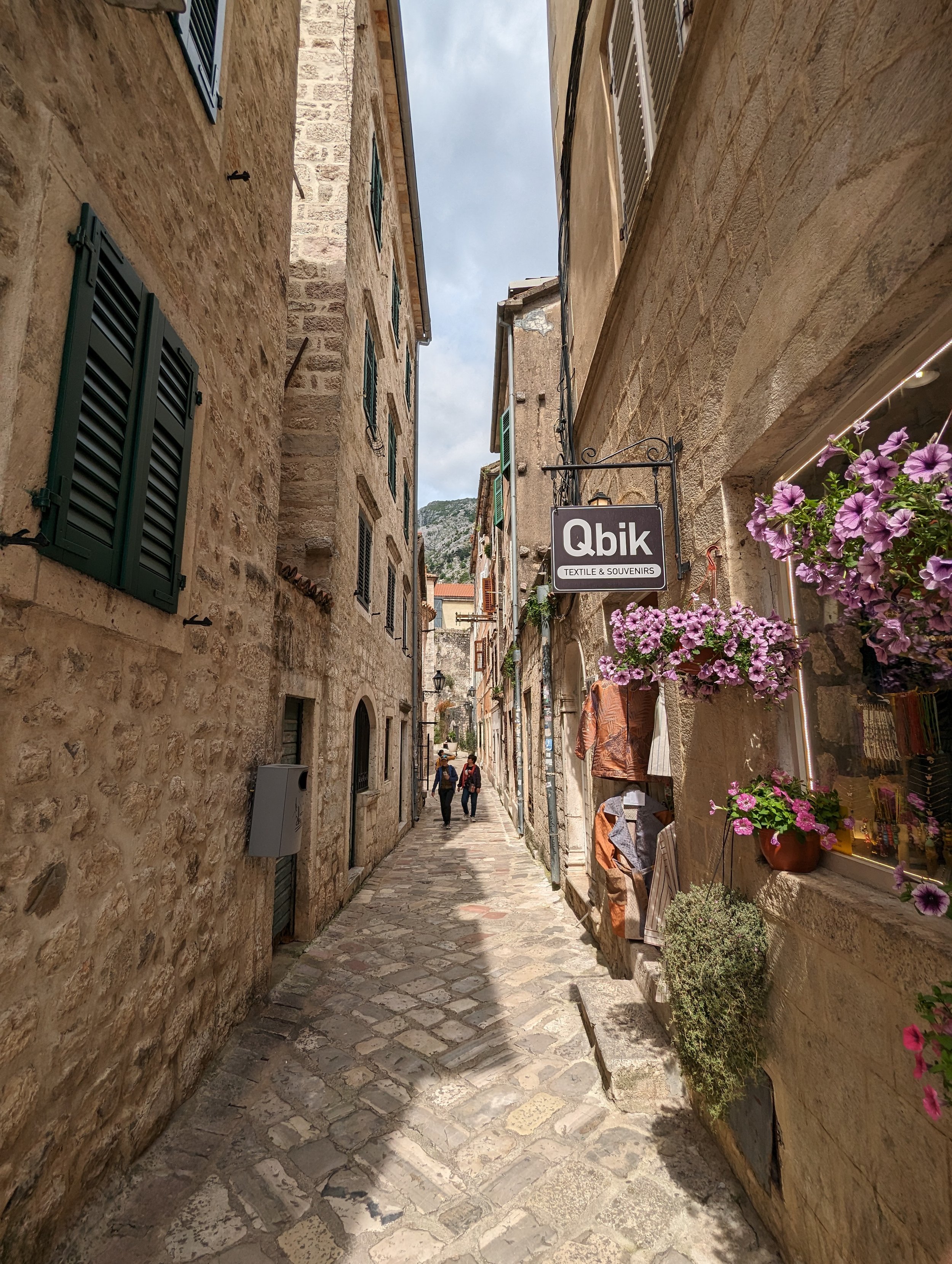
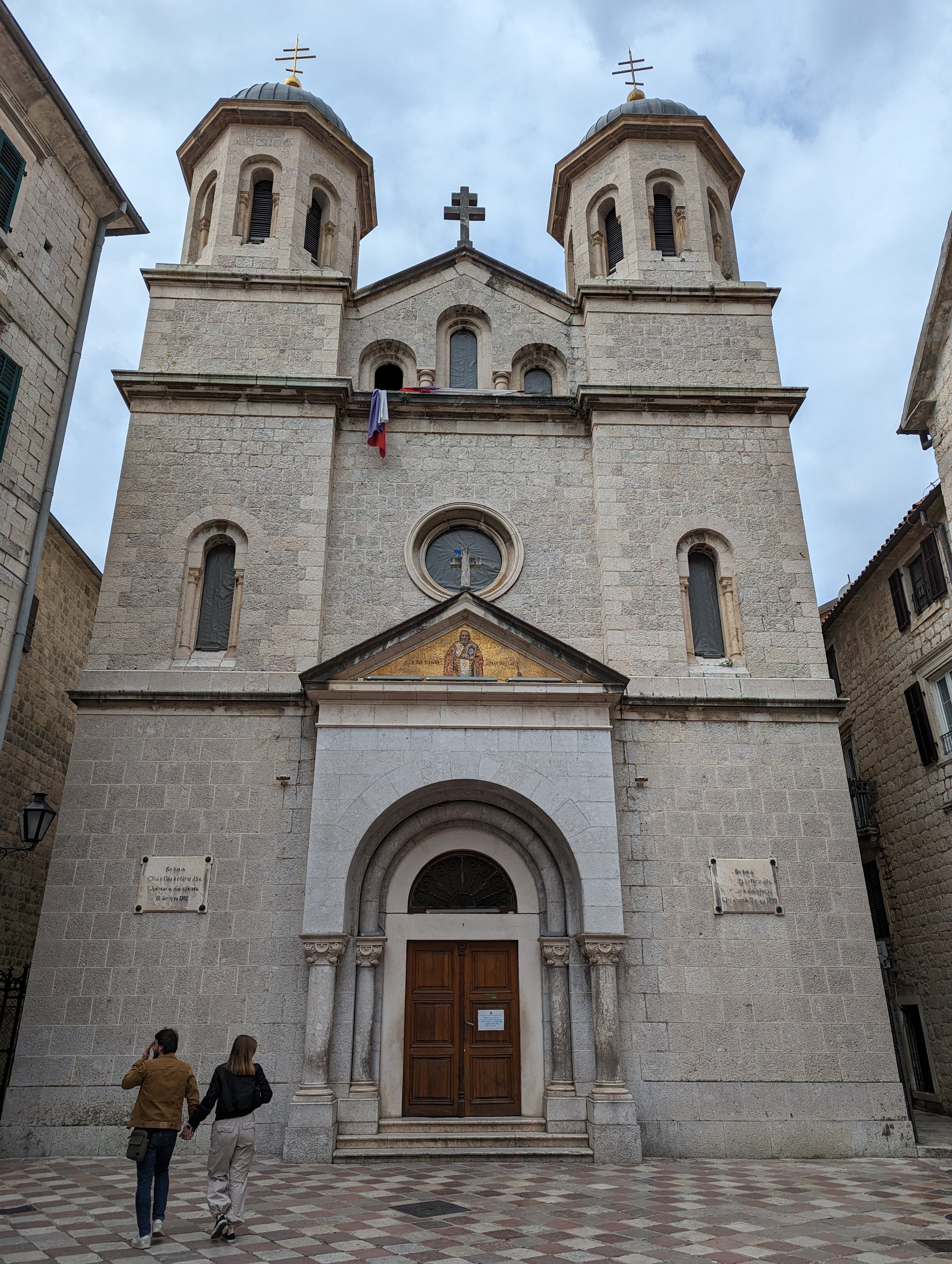
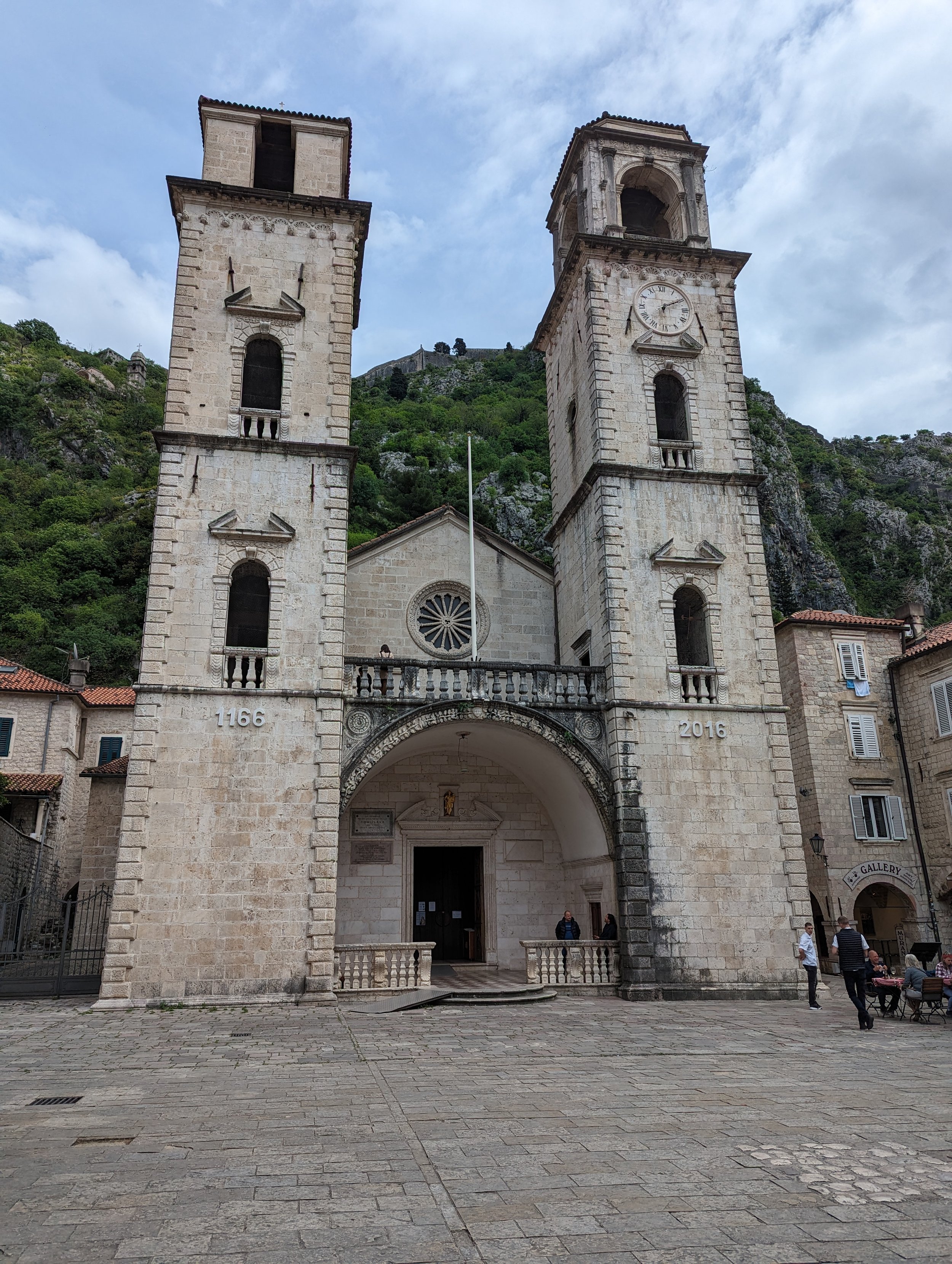

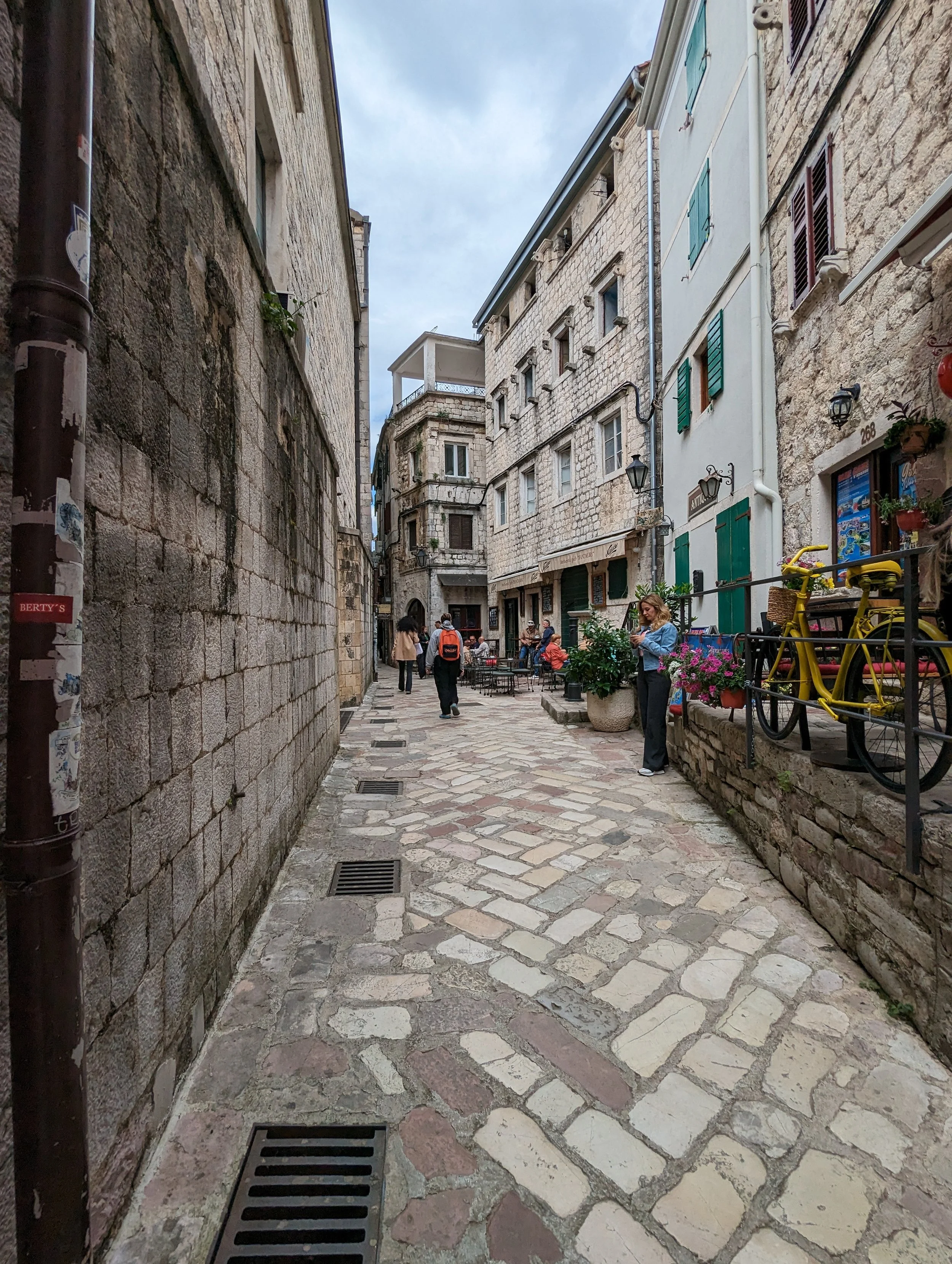
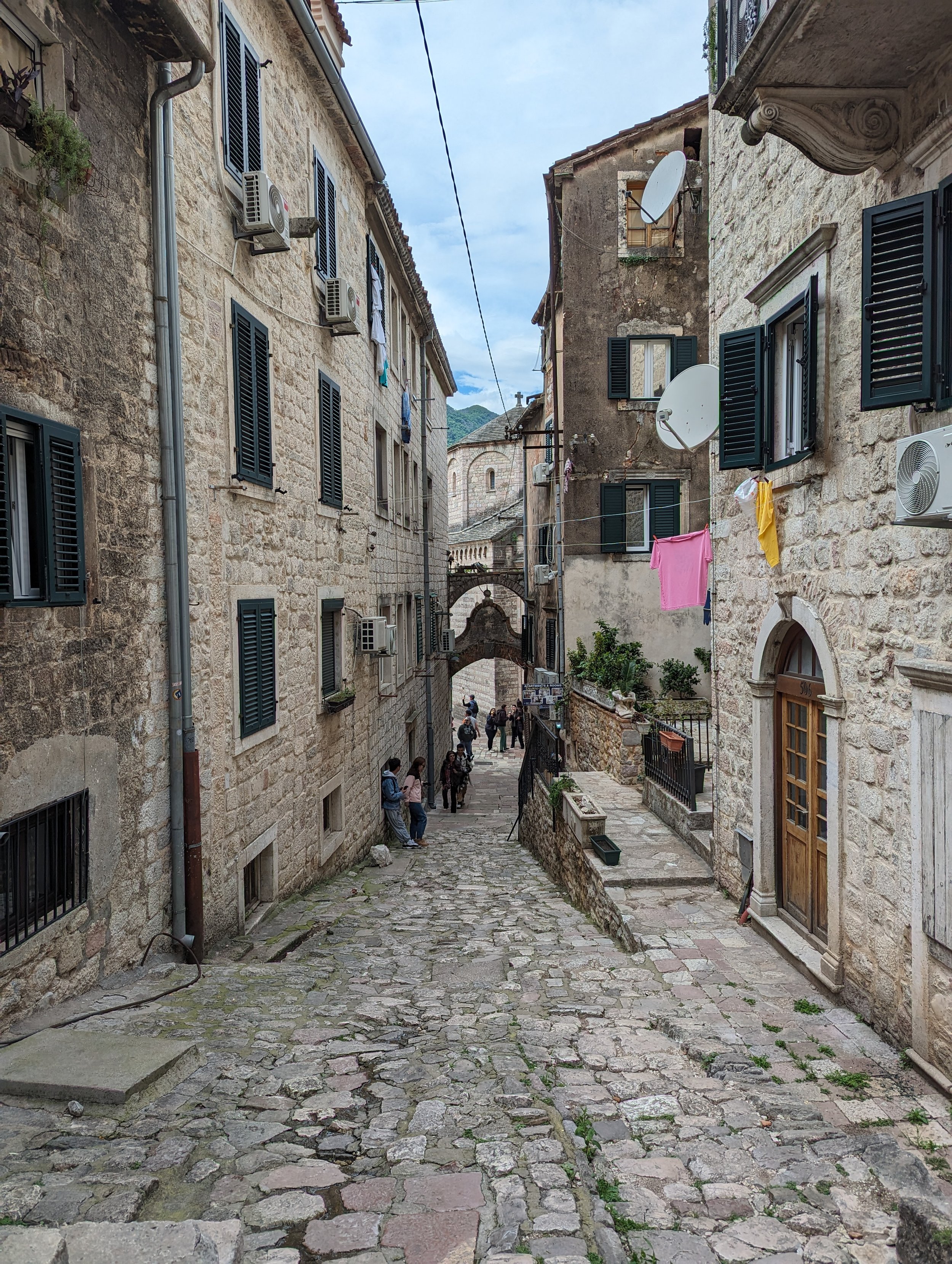
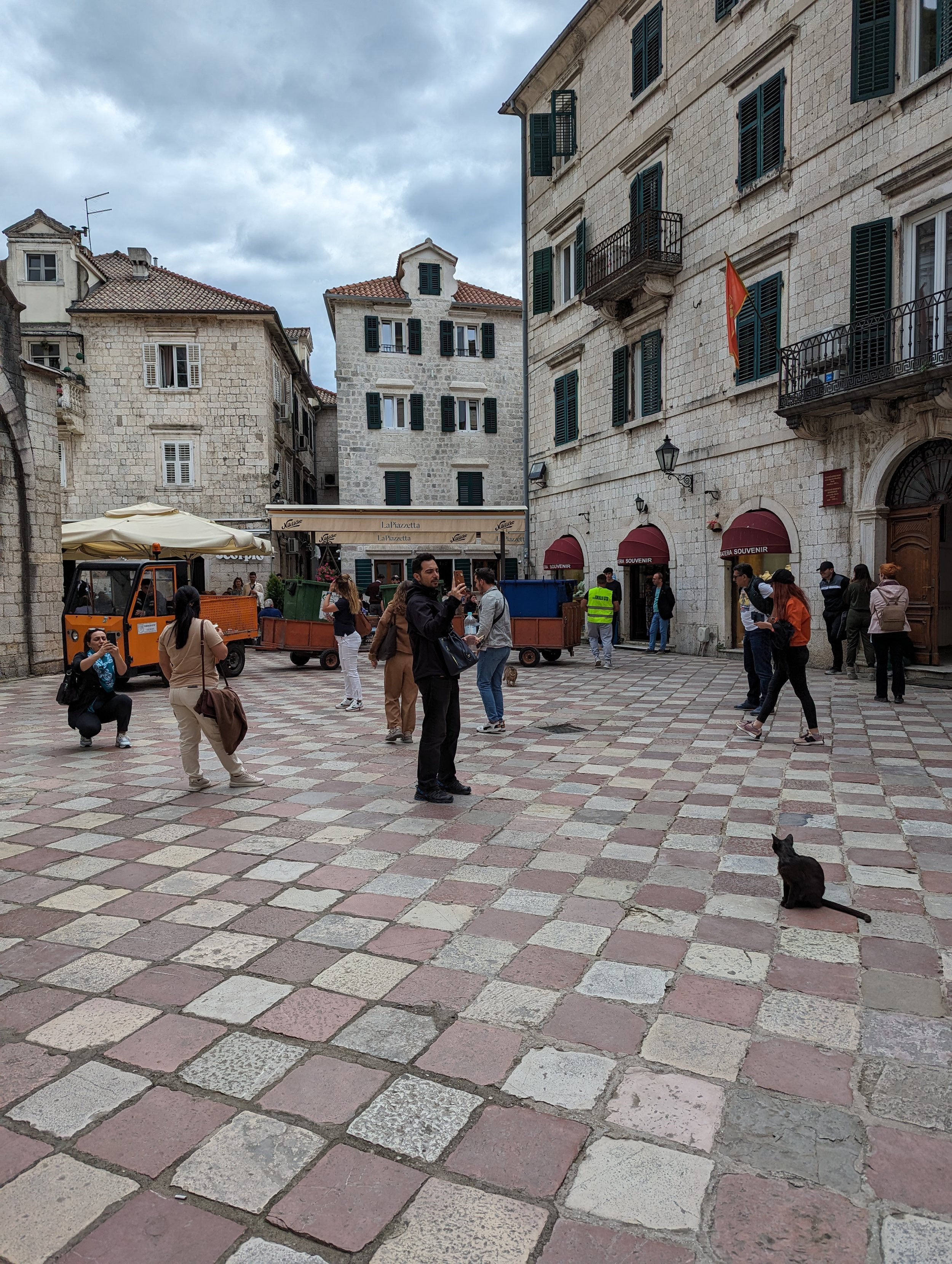
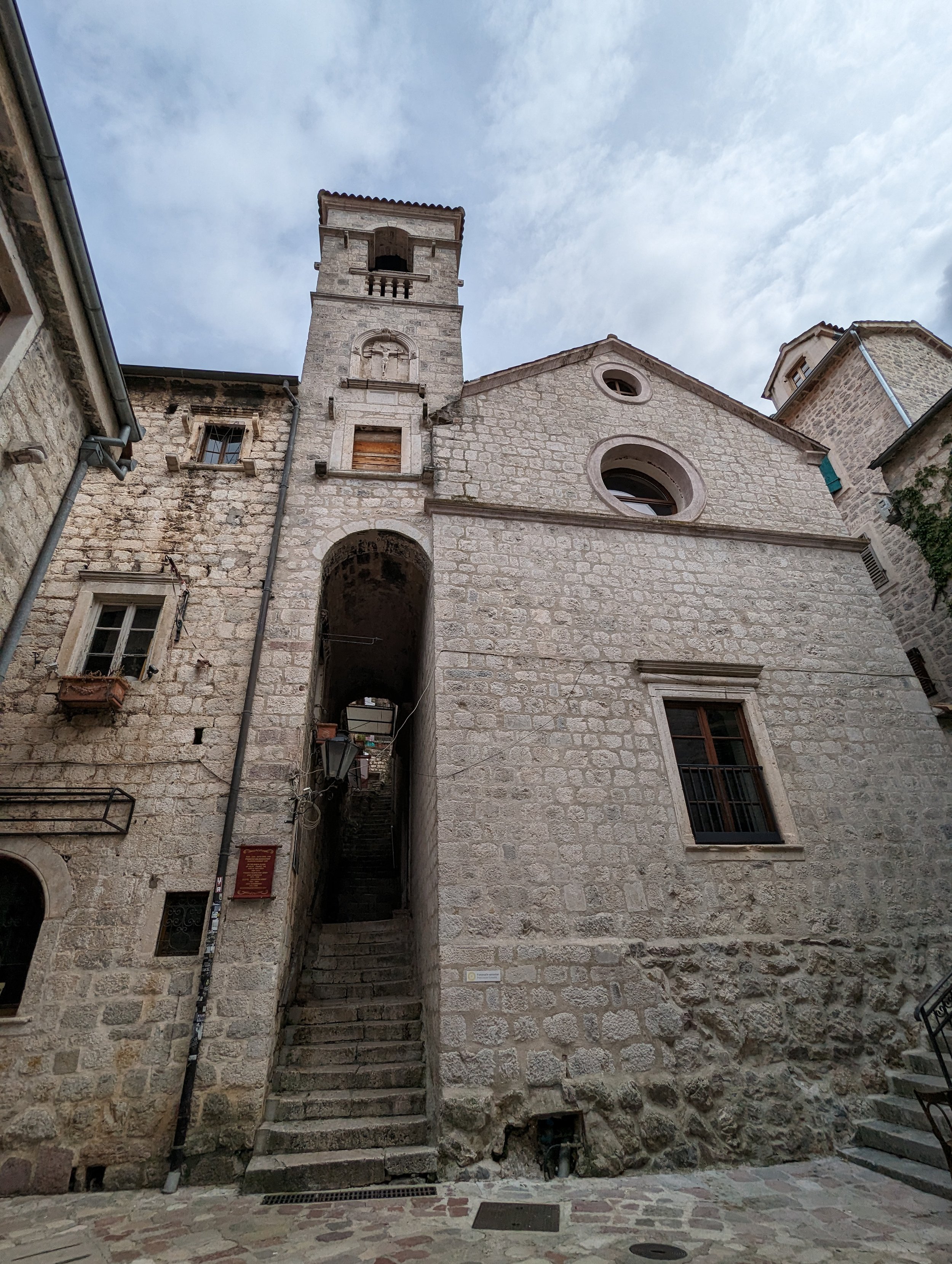
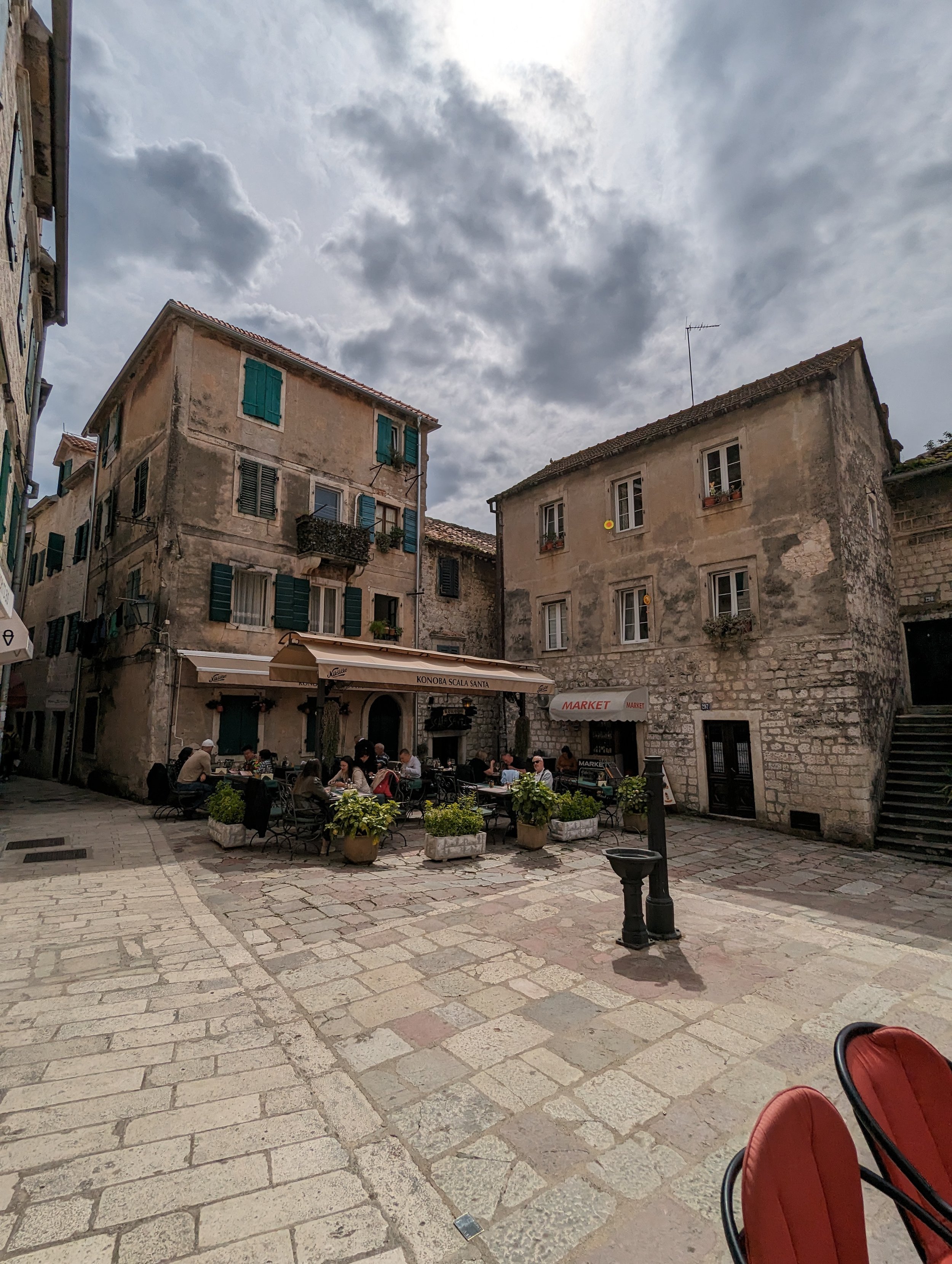
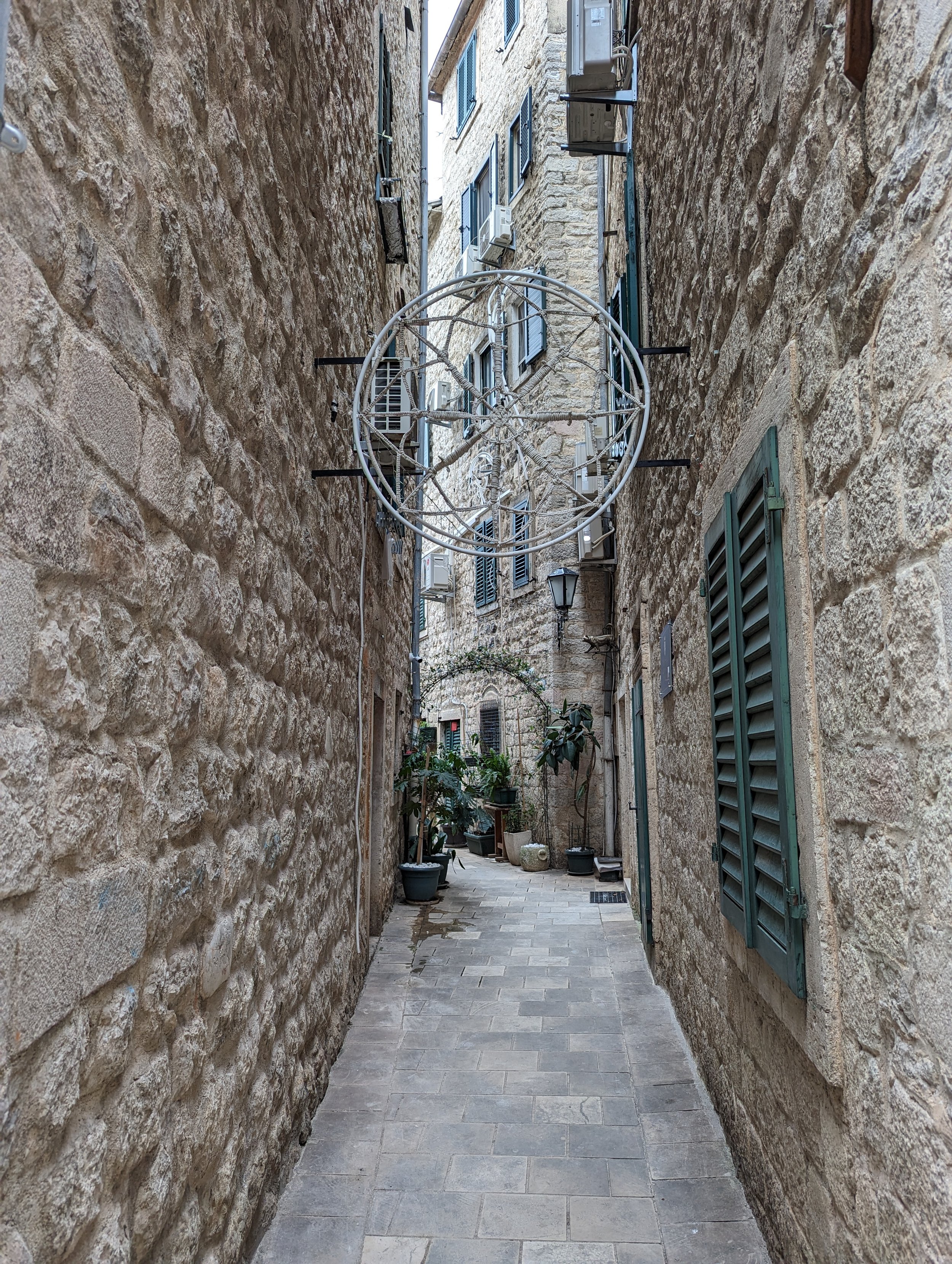
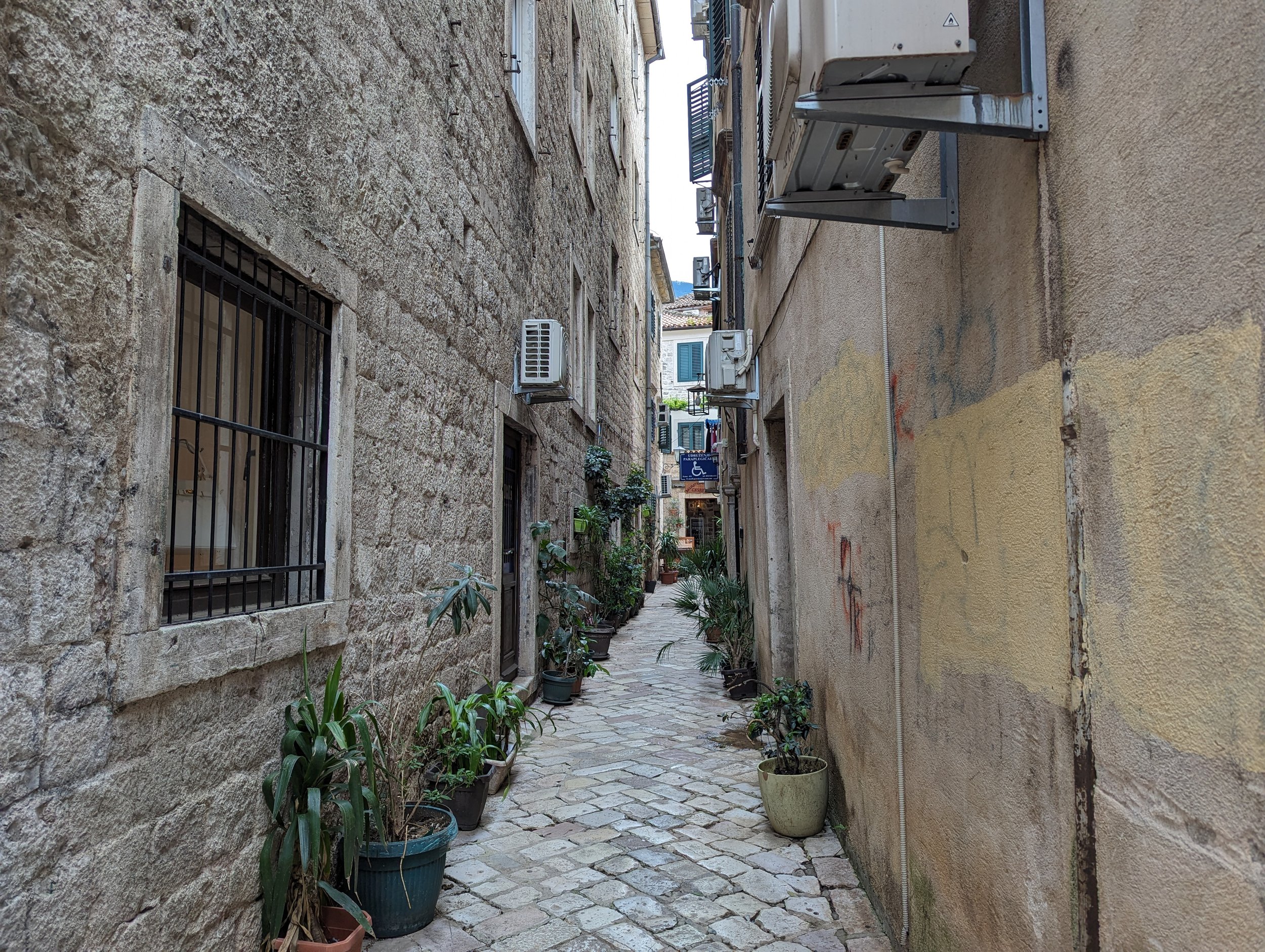
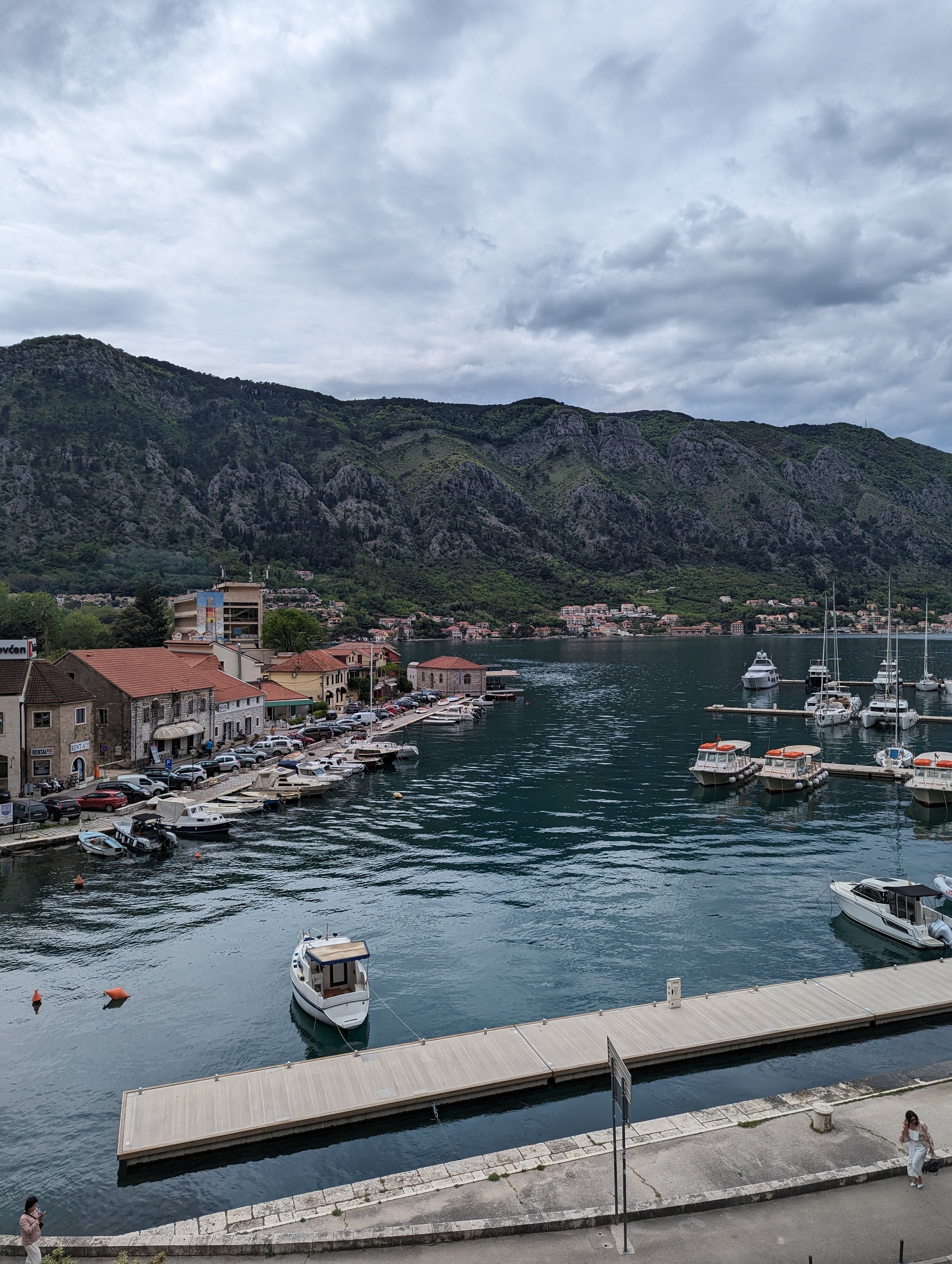
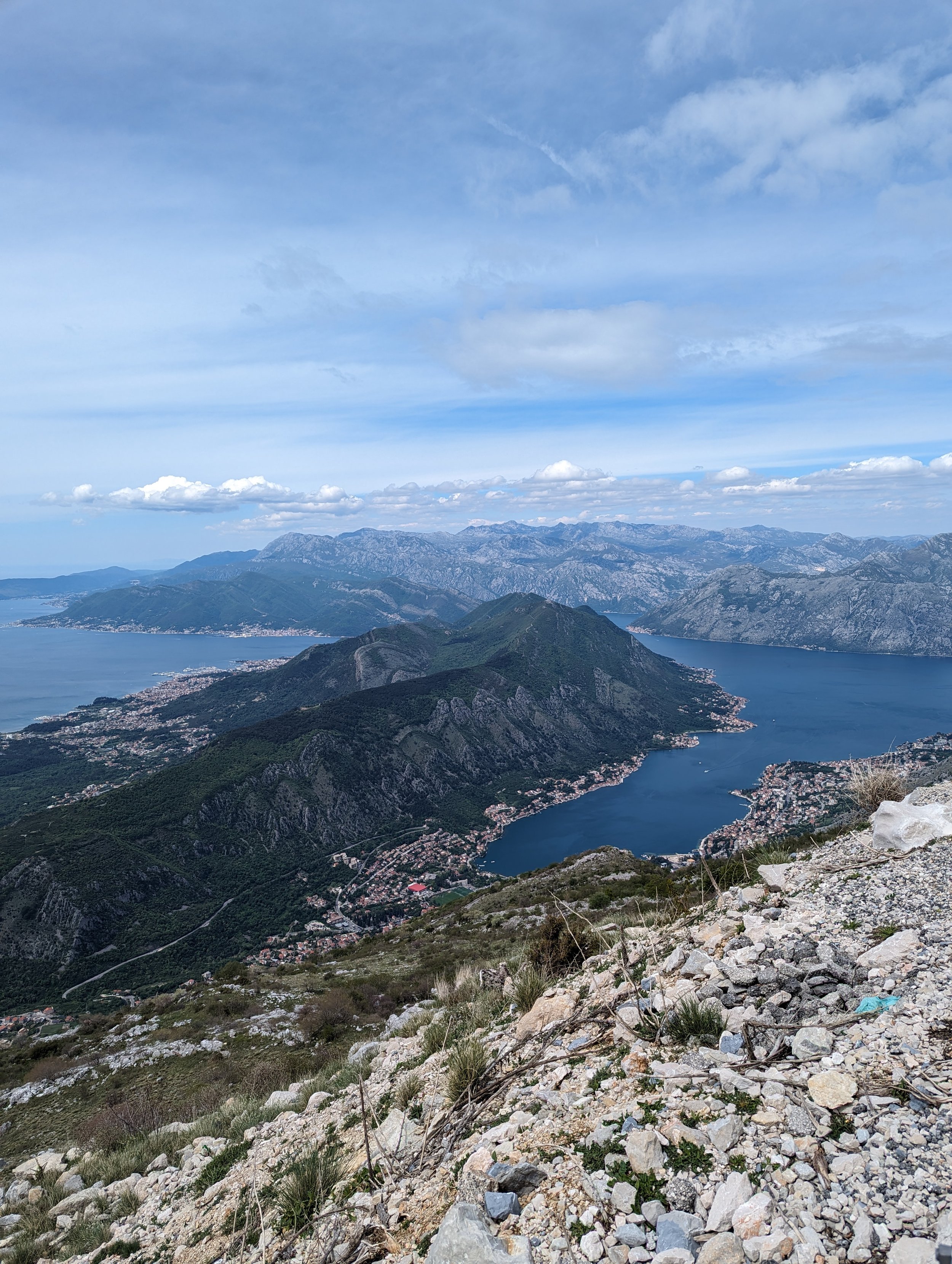
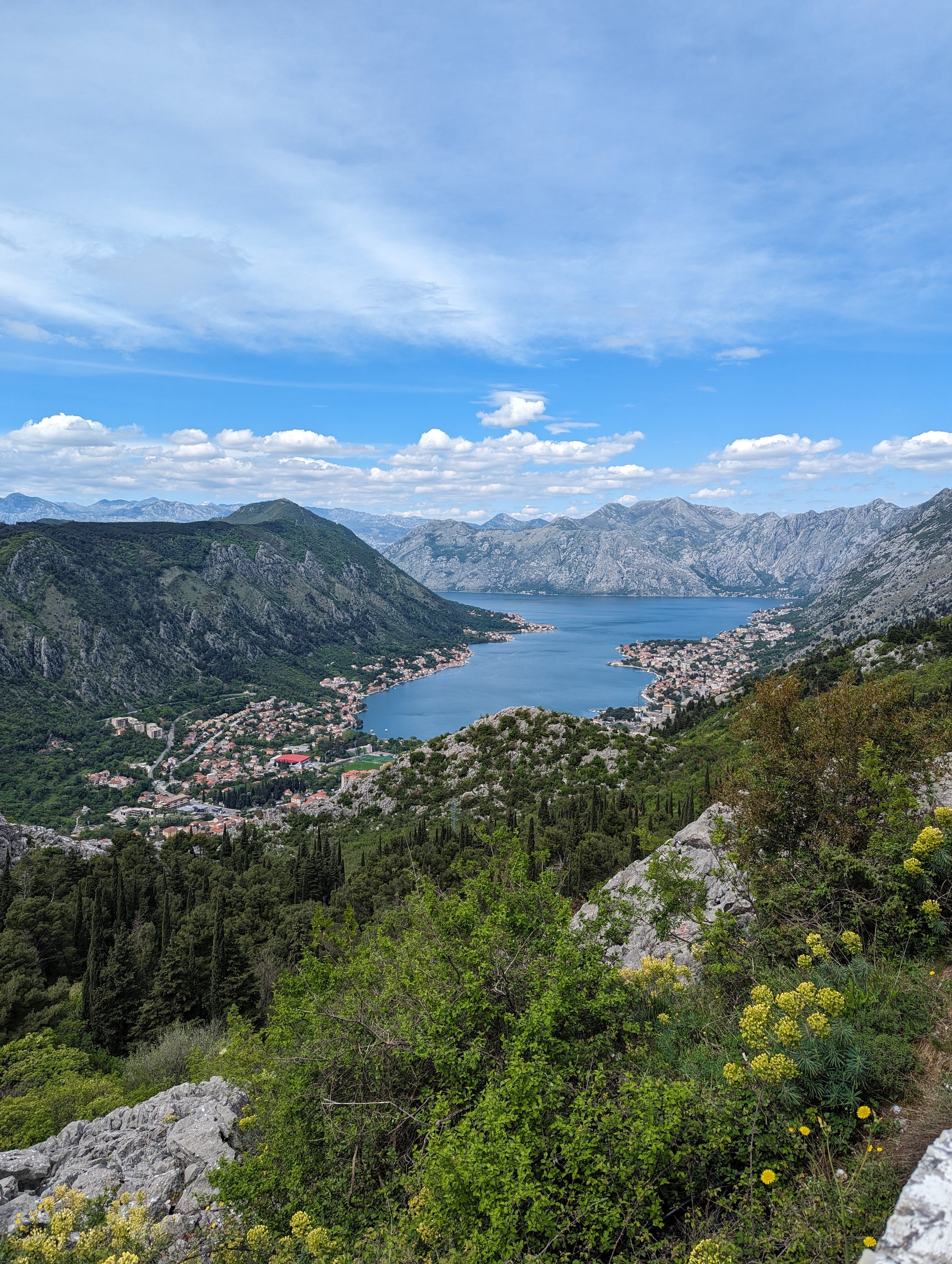
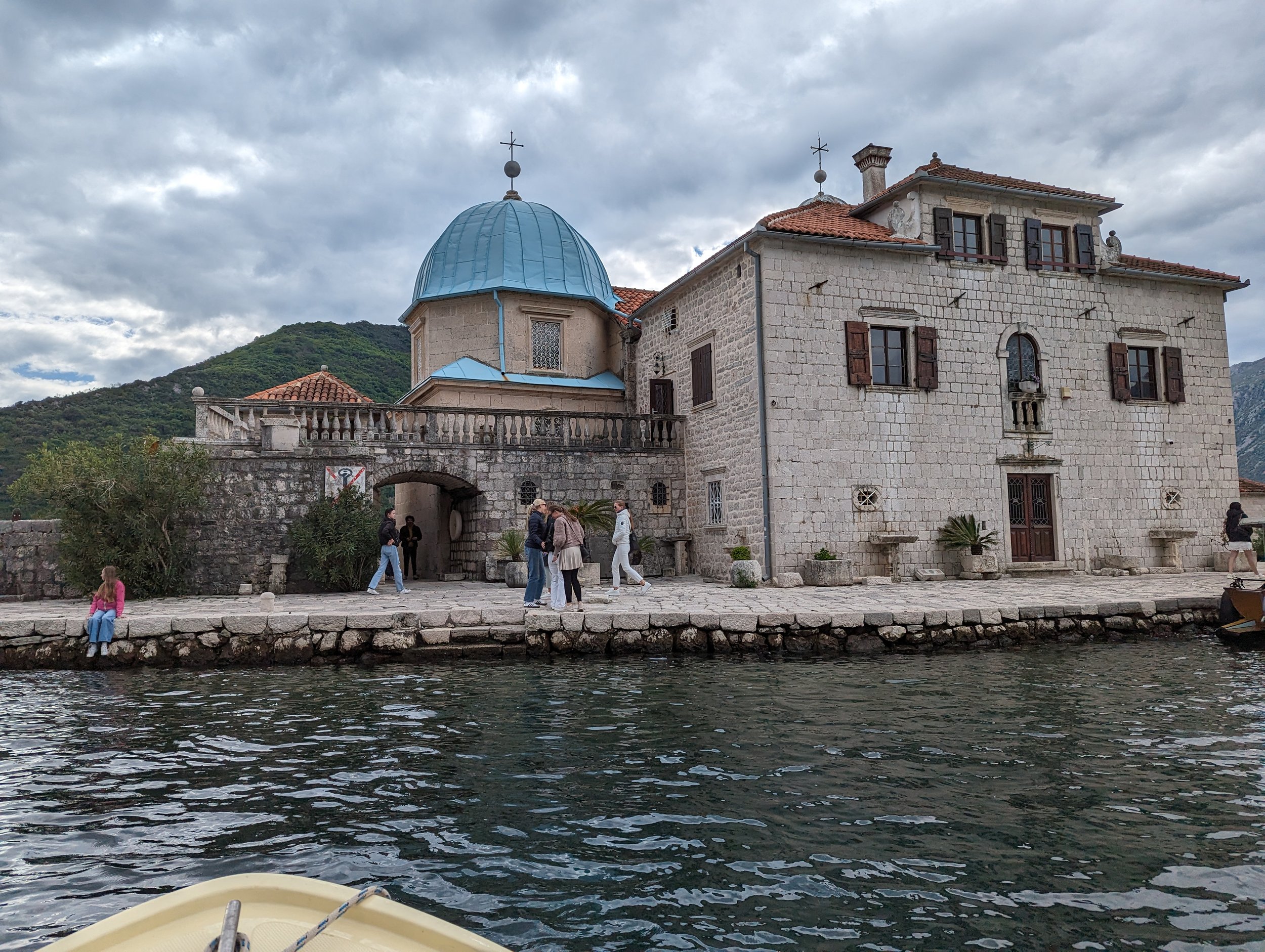
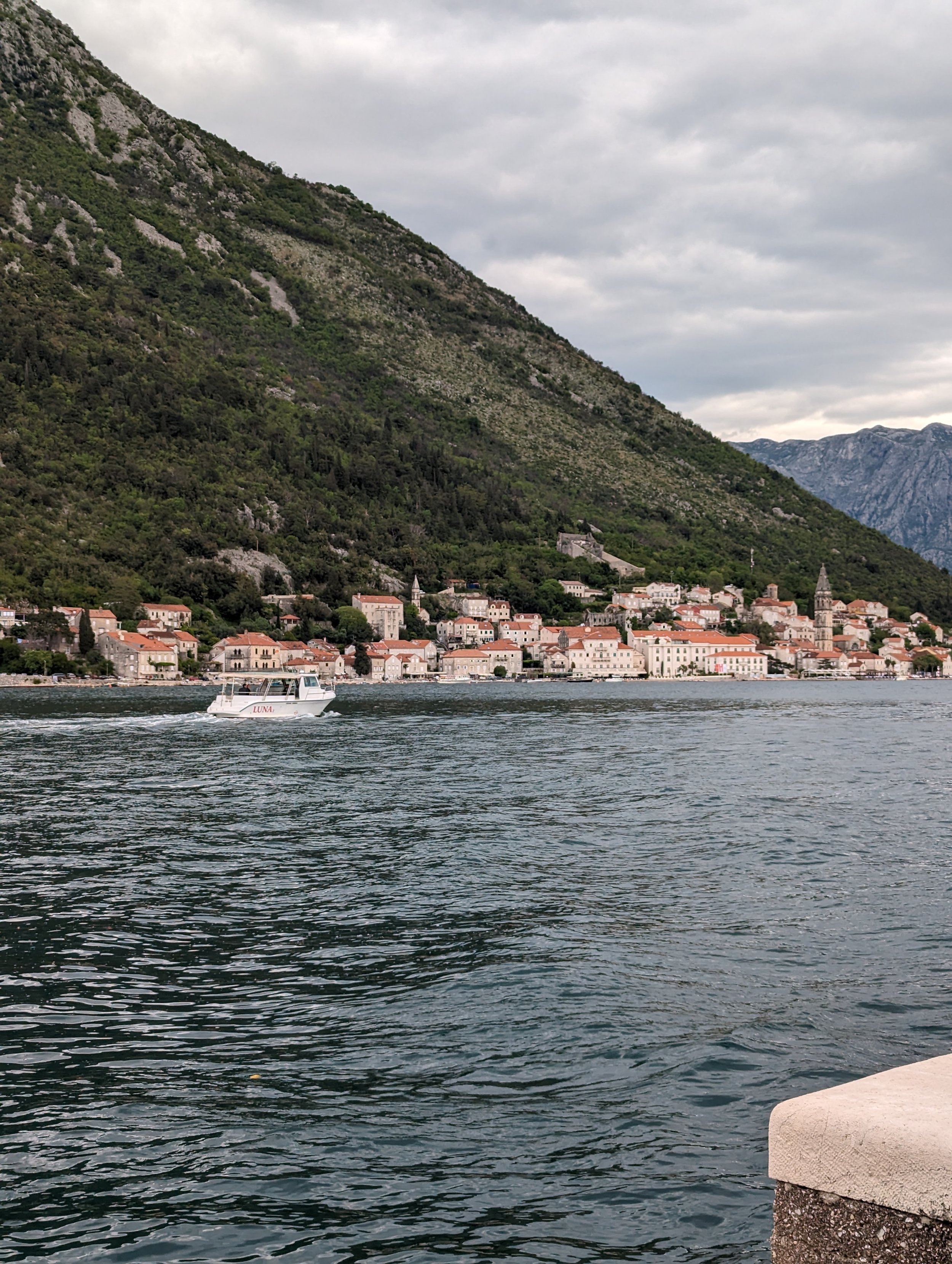
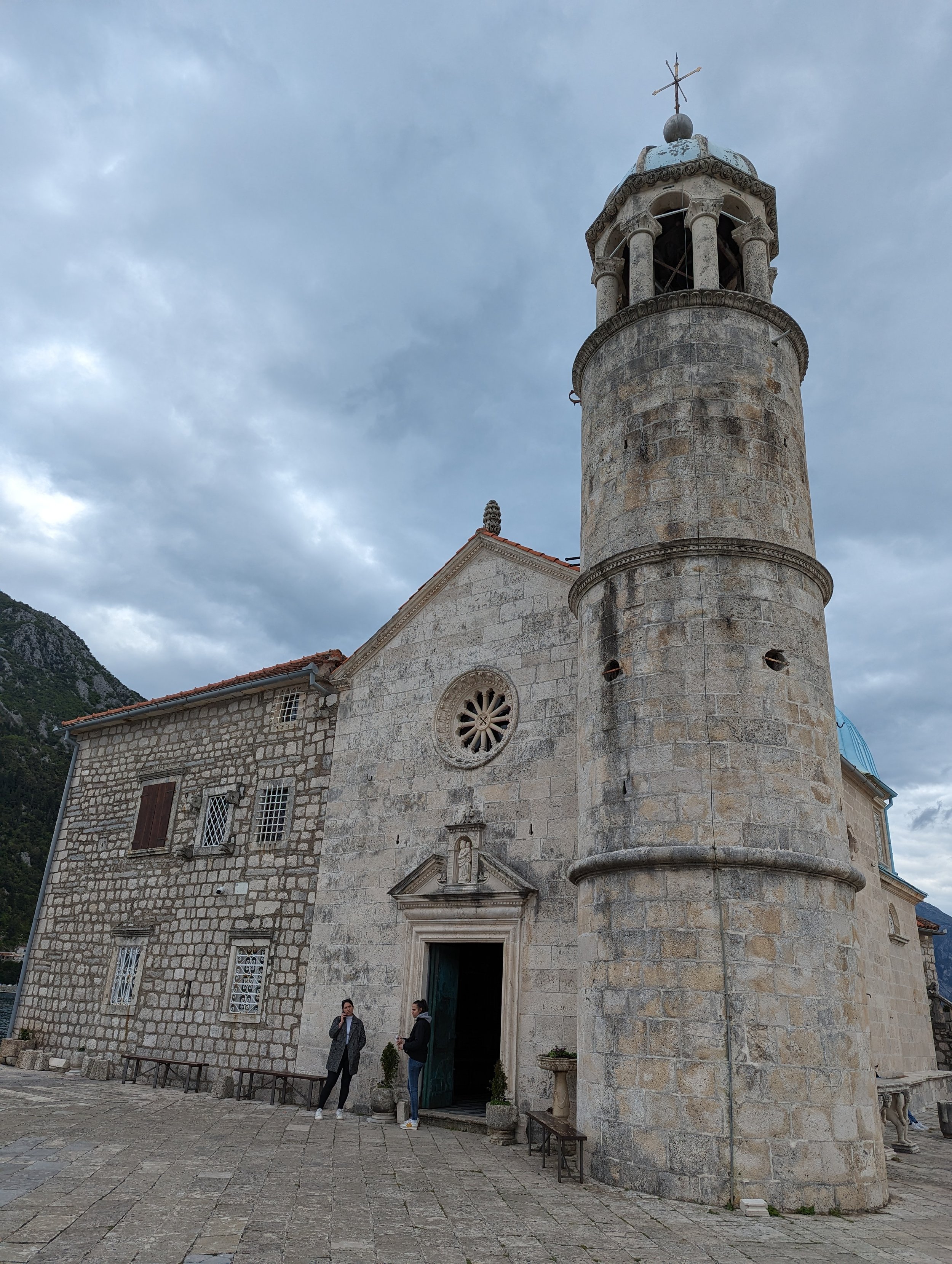
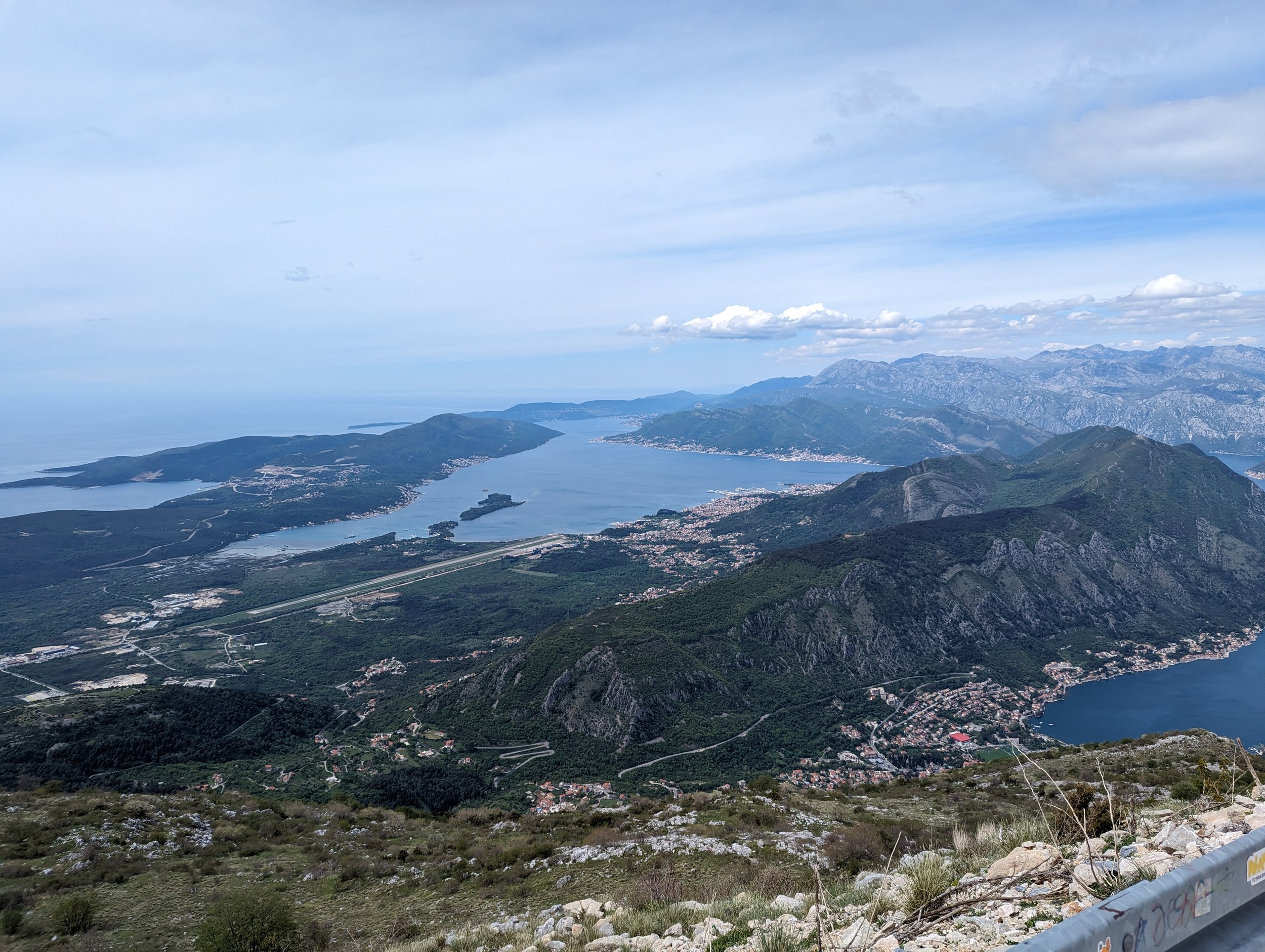
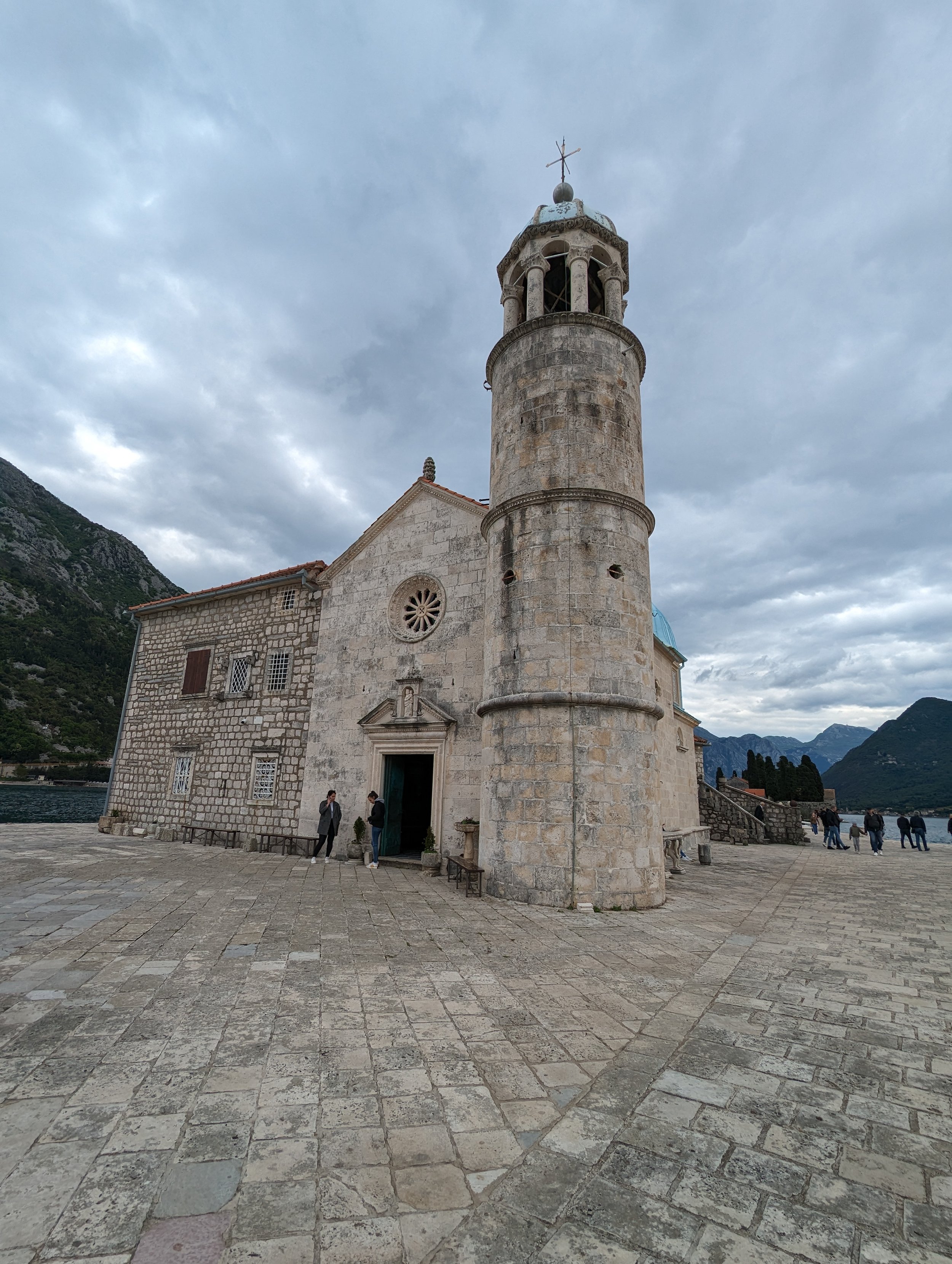
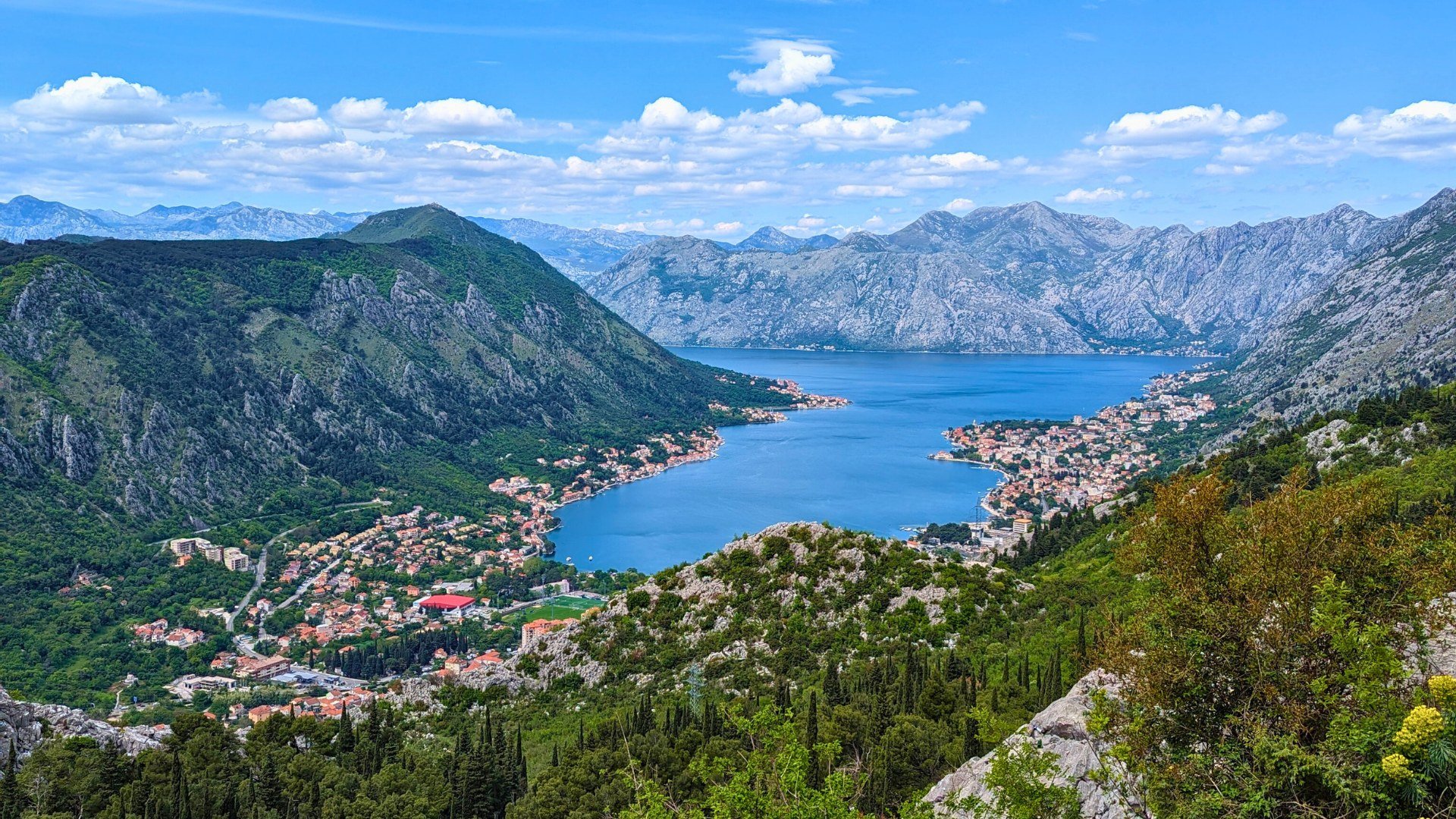
2. Visit Lovcen National Park:
Lovćen National Park is a pristine natural park located in the southwestern part of Montenegro, near the Adriatic coast. Named after Mount Lovćen, the park covers an area of about 62 square kilometers and is famed for its dramatic landscape, with rugged mountains and beautiful forests.
You can get up to the park by car (I would recommend driving if you’re a confident driver), by tour bus or hiking (one popular route starts from Kotor and goes through the serpentine paths up to the park. This hike is very challenging and can take several hours, so it’s suitable for those in good physical condition). It costs 3 euros (take cash) to enter the park by car. Here is a list of the main things to do and see at the park.
Hike to the Summit: Lovćen is famous for its challenging yet rewarding hiking trails that lead to the summit of Mount Lovćen. The most popular trail is the one leading from Ivanova Korita to Jezerski Vrh, the highest peak in the park. The hike takes you through dense forests, rocky terrain, and offers breathtaking panoramic views of the surrounding landscapes, including the Bay of Kotor and the Adriatic Sea.
Visit Njegoš Mausoleum: Explore the iconic Njegoš Mausoleum, situated at the top of Mount Lovćen. This impressive monument honors Petar II Petrović-Njegoš, a revered Montenegrin ruler and poet. Designed by sculptor Ivan Meštrović, the mausoleum offers breathtaking views of the surrounding landscape and houses a striking statue of Njegoš. It costs 8 euros to enter the musuem.
Wildlife Watching and Nature Photography: Lovćen National Park is home to a diverse array of flora and fauna, making it amazing for nature enthusiasts and photographers. Keep an eye out for native species such as wild boars, deer, eagles, and various bird species as you explore the park's trails and wilderness areas. The park has stunning images of the landscapes, including mountain peaks and streams.
Visit Local Villages: Lovćen National Park has a rich cultural heritage which you can experience by visiting nearby villages such as Njeguši. Additionally, visit ancient churches and cultural sites scattered throughout the park, providing insight into the region's religious traditions.
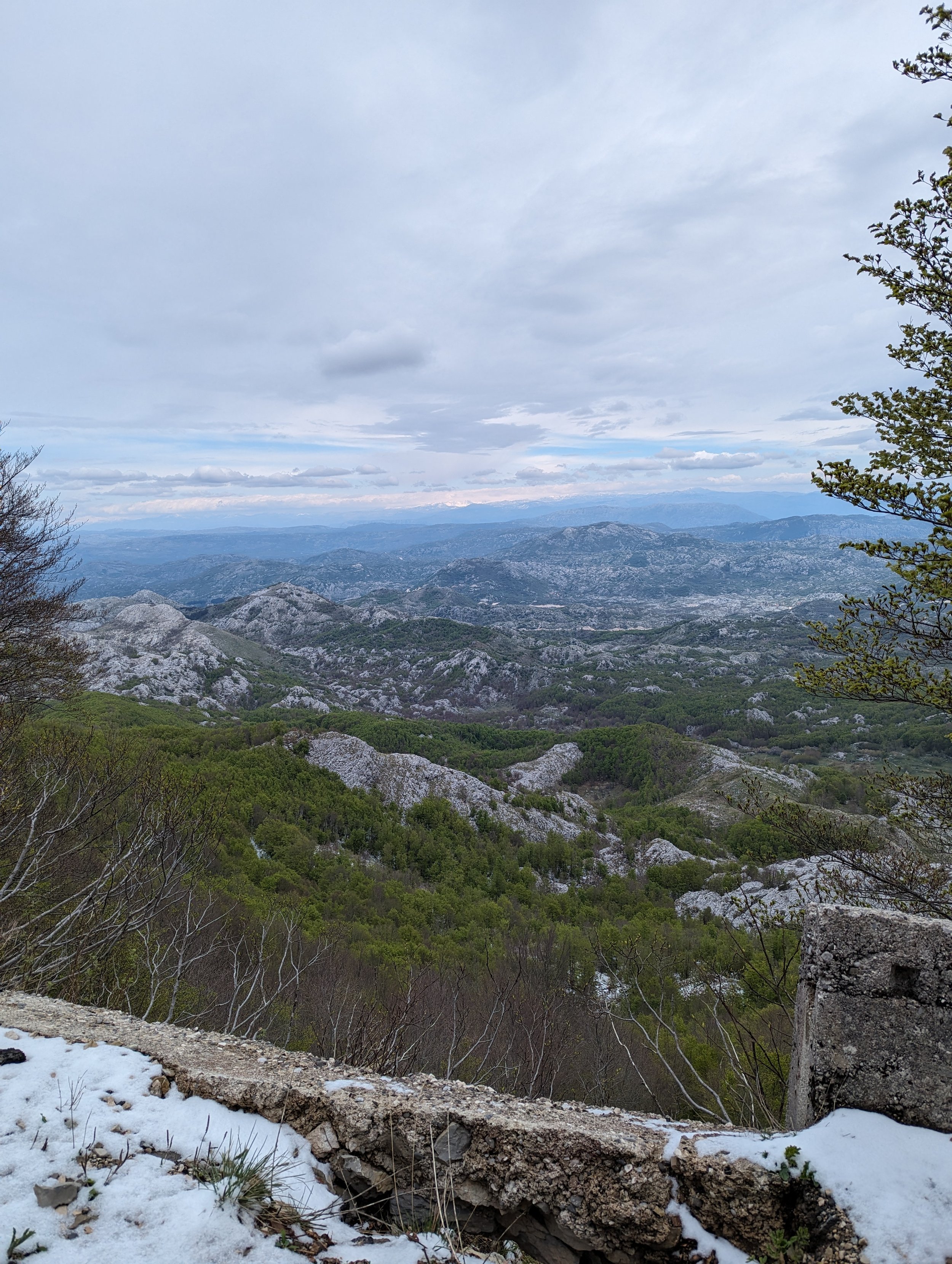
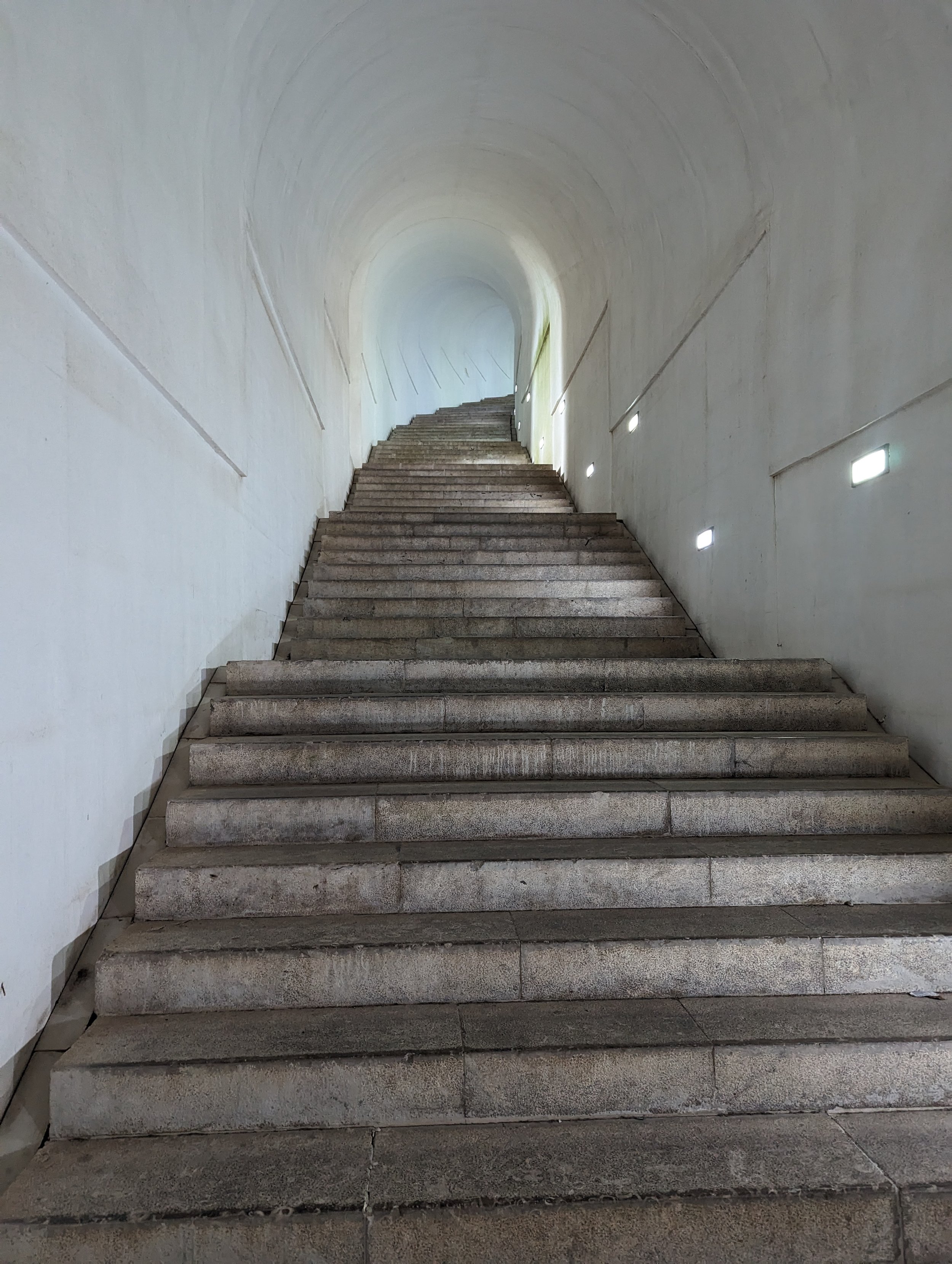

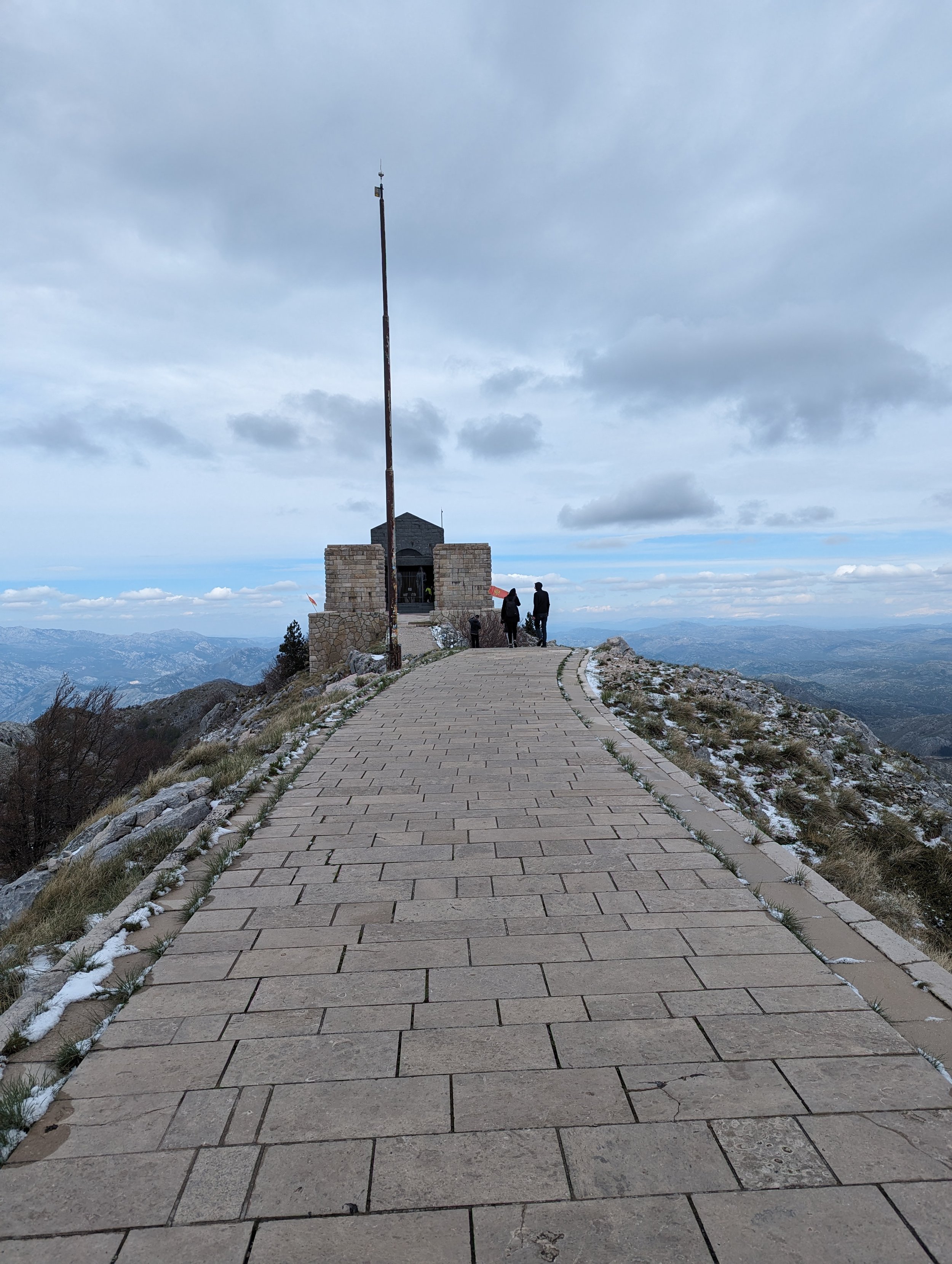

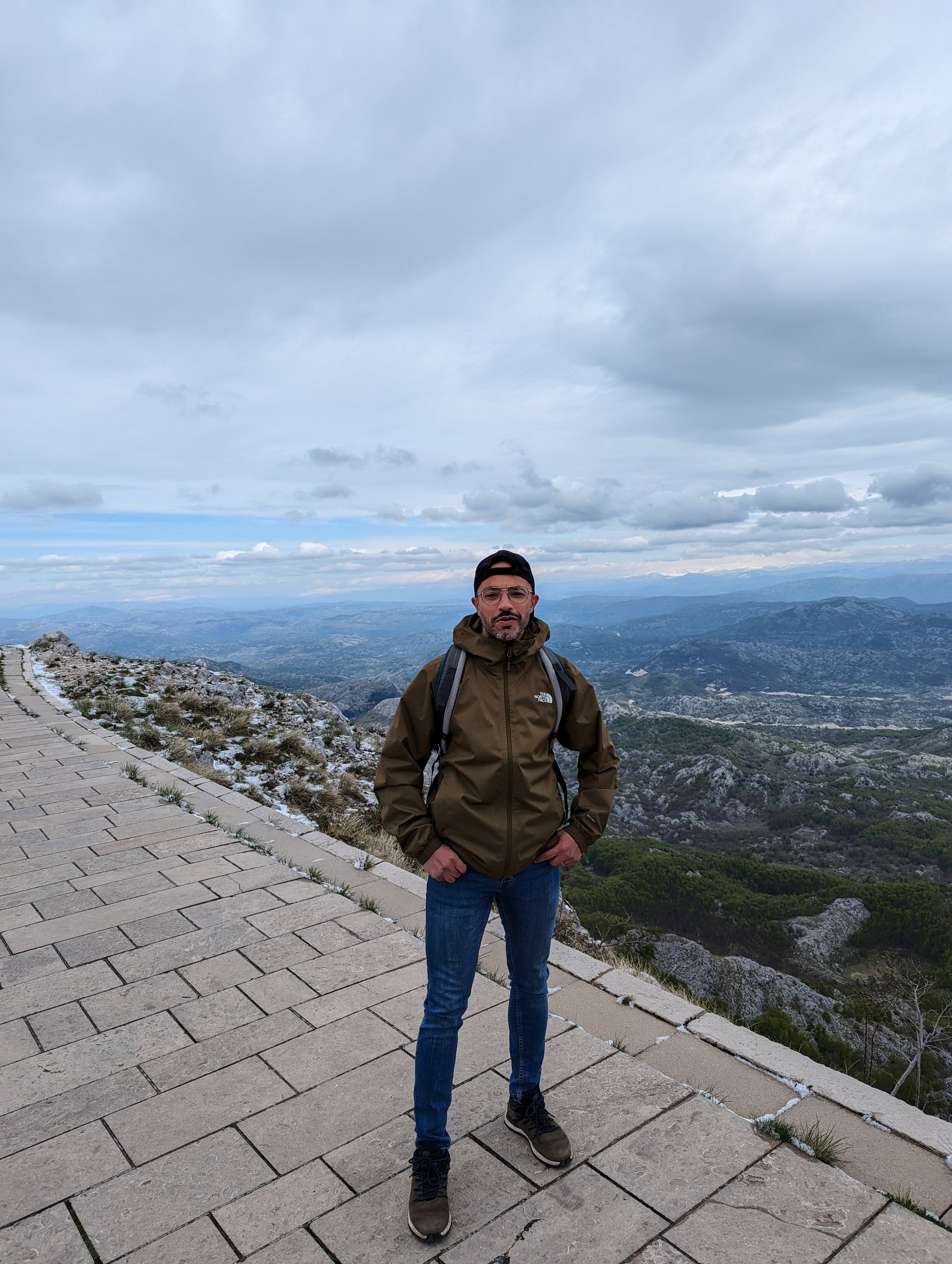

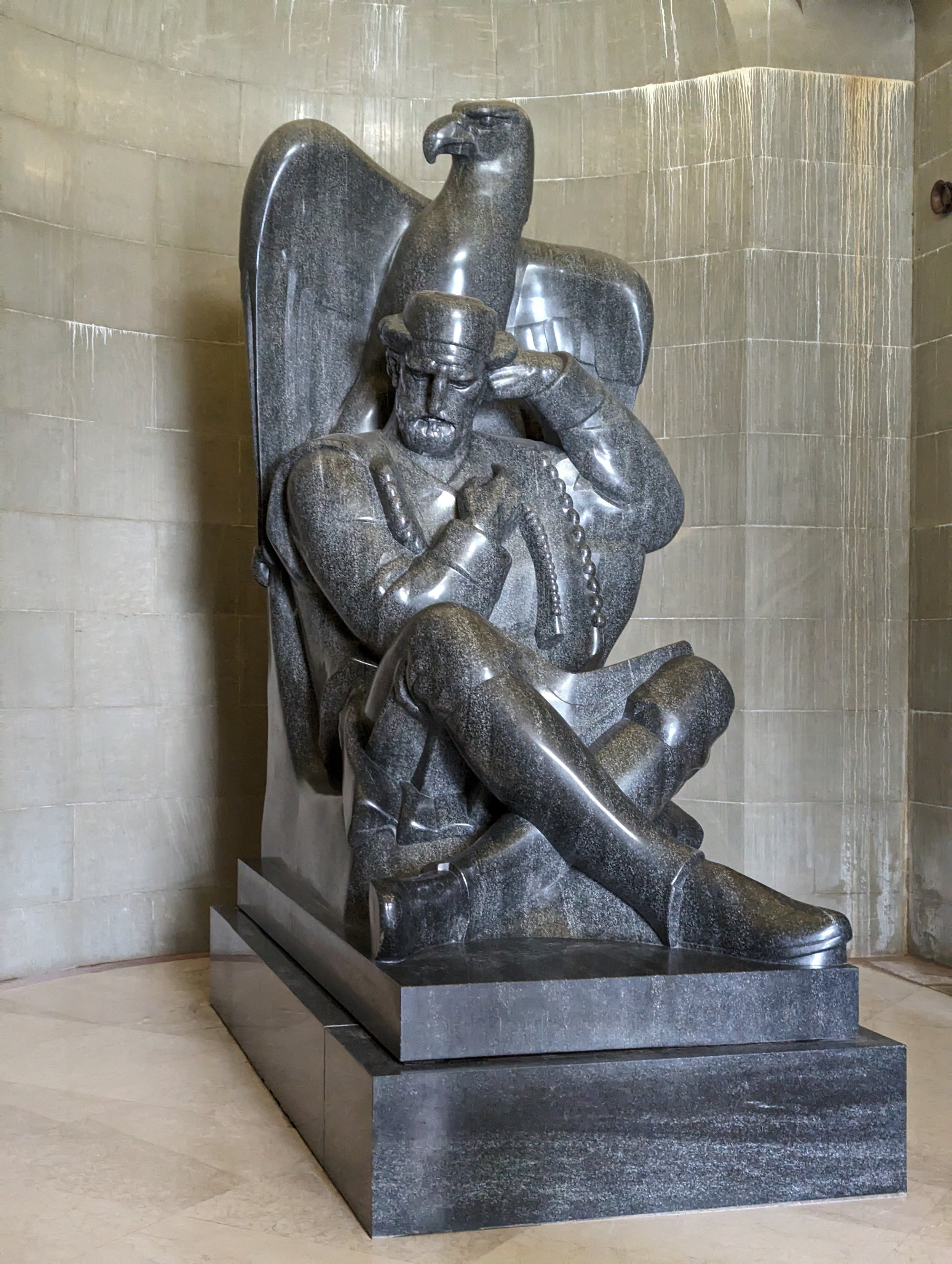
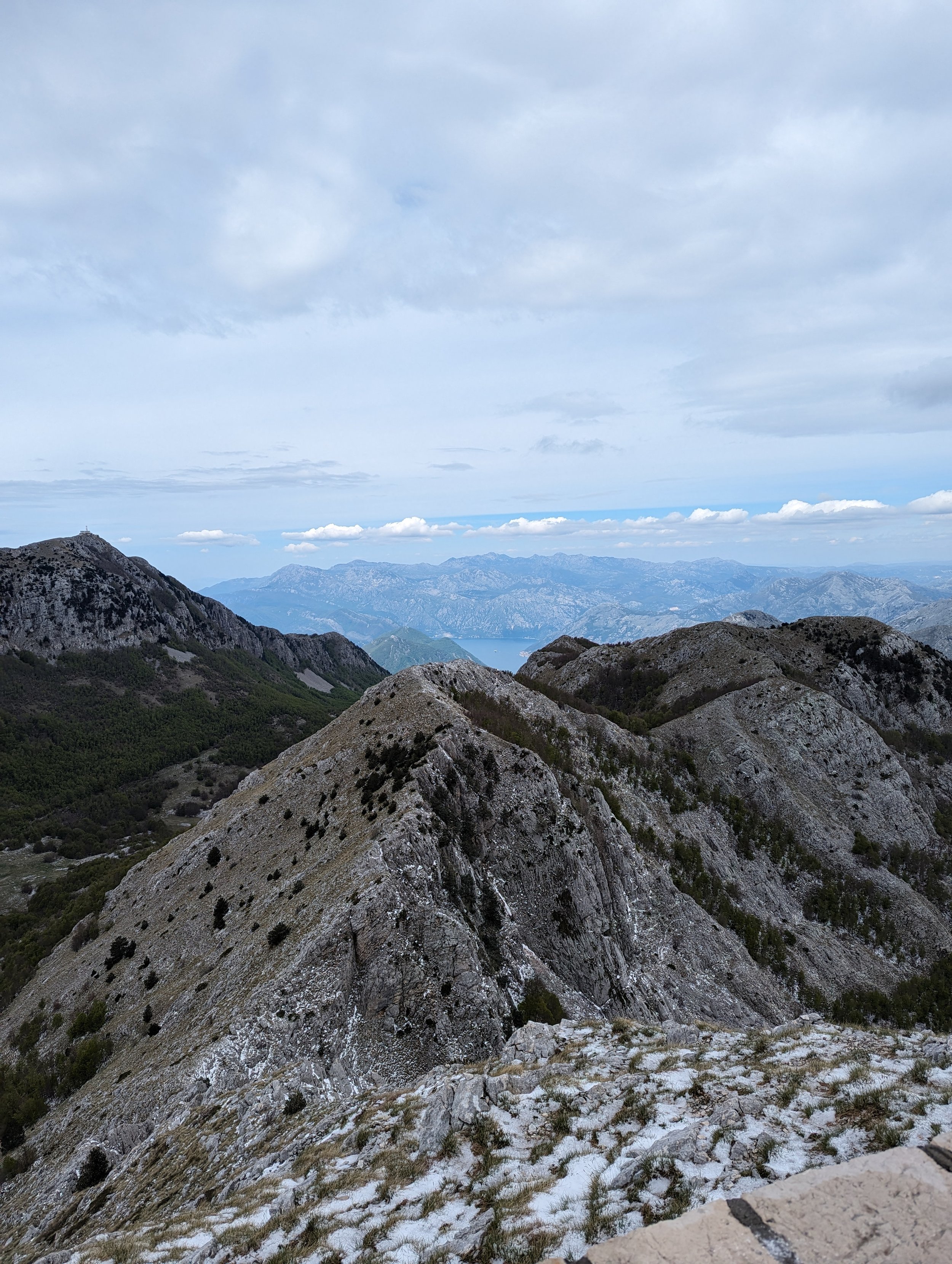
3. Budva
Budva is one of Montenegro's oldest and most popular coastal towns, known for its stunning beaches, vibrant nightlife, and rich historical heritage. There is lots to do here for every kind of traveller, and families. Budva has a well deserved mention in the top 5 things to do in Montenegro.
Here is a list of the main things to do when you’re in Budva.
Budva Old Town: A historic area featuring Venetian-style architecture, ancient stone buildings, and narrow, winding streets. It dates back to the 5th century BC and is known for its well-preserved medieval walls, significant landmarks like the Citadel, and a mix of Roman and Byzantine influences.
Citadel: The Citadel, also known as Budva's Castle, is strategically placed on a rocky promontory within the Old Town. Originally built to defend against invaders, today it serves as a museum and a cultural venue. Visitors can explore historical exhibits and see panoramic views of the Adriatic Sea and the town.
Chill Out at Various Beaches: Budva has some beautiful beaches. Mogren Beach, directly adjacent to the Old Town, is popular for its picturesque setting between cliffs. Jaz Beach, one of the longest in the Budva Riviera, is known for its music festivals. Becici Beach, just a short walk from the town center, offers a more relaxed vibe with its long stretch of shore and crystal-clear waters.
Kayaking or Paddleboarding: Budva has calms water and a scenic coastline, which makes it an ideal spot for kayaking or paddleboarding. These activities provide a unique way to explore the bays and nearby islands like Sveti Nikola Island, offering both a great workout and stunning views.
Podmaine Monastery: The Monastery of Podmaine, located a bit outside of Budva's main town area, is a peaceful retreat steeped in history. Dating back to the 15th century, this place has beautiful frescoes and a relaxed atmosphere. It's a good place to escape the busier parts of Budva and learn about Montenegro's spiritual heritage.
Vibrant Nighlife: Budva is famed for its vibrant nightlife, and has a wide range of bars and nightclubs. The town comes alive at night, especially during the summer months when tourists and locals visit the hotspots for entertainment and parties.
Sveti Stefan: Just a short drive from Budva, Sveti Stefan is a stunning islet connected to the mainland by a narrow walkway. Originally a fishing village, the island is now a luxury resort and one of the most iconic images associated with Montenegro. Although the resort is private tourists can visit the islet during the summer. The public beaches adjacent to it offer spectacular views of the islet and the surrounding Adriatic Sea.
Sveti Nikola Island: Often referred to as "Hawaii" by the locals, Sveti Nikola Island is the largest island in the Budva Riviera and lies directly opposite Budva’s Old Town. The island is celebrated for its rugged, forested landscape and rich wildlife, including deer and various bird species, making it a favorite among nature enthusiasts. It features several beautiful pebble beaches with crystal-clear waters, perfect for swimming, snorkeling, and sunbathing. These beaches are often quieter than those on the mainland, offering a more secluded atmosphere for visitors.
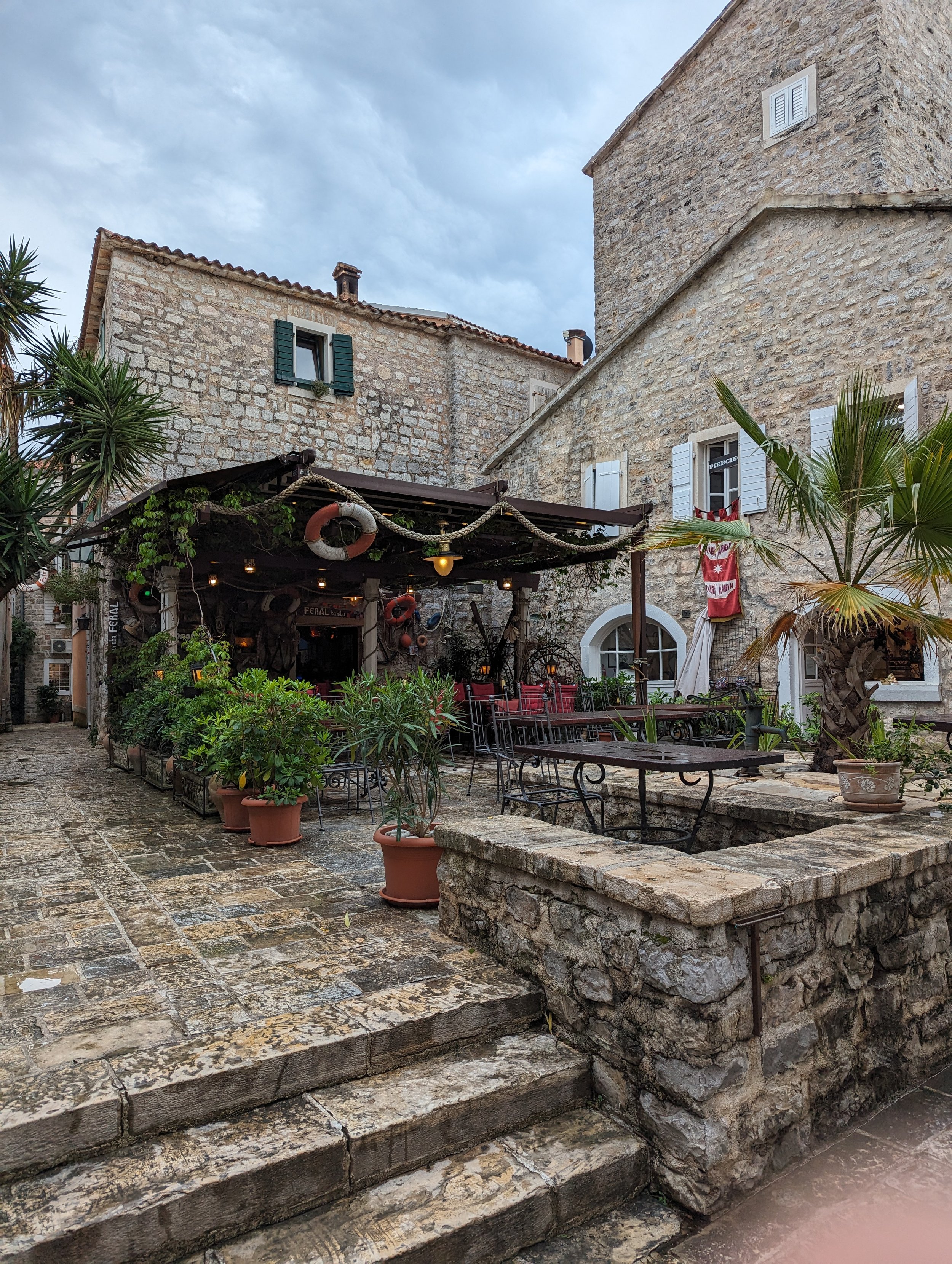
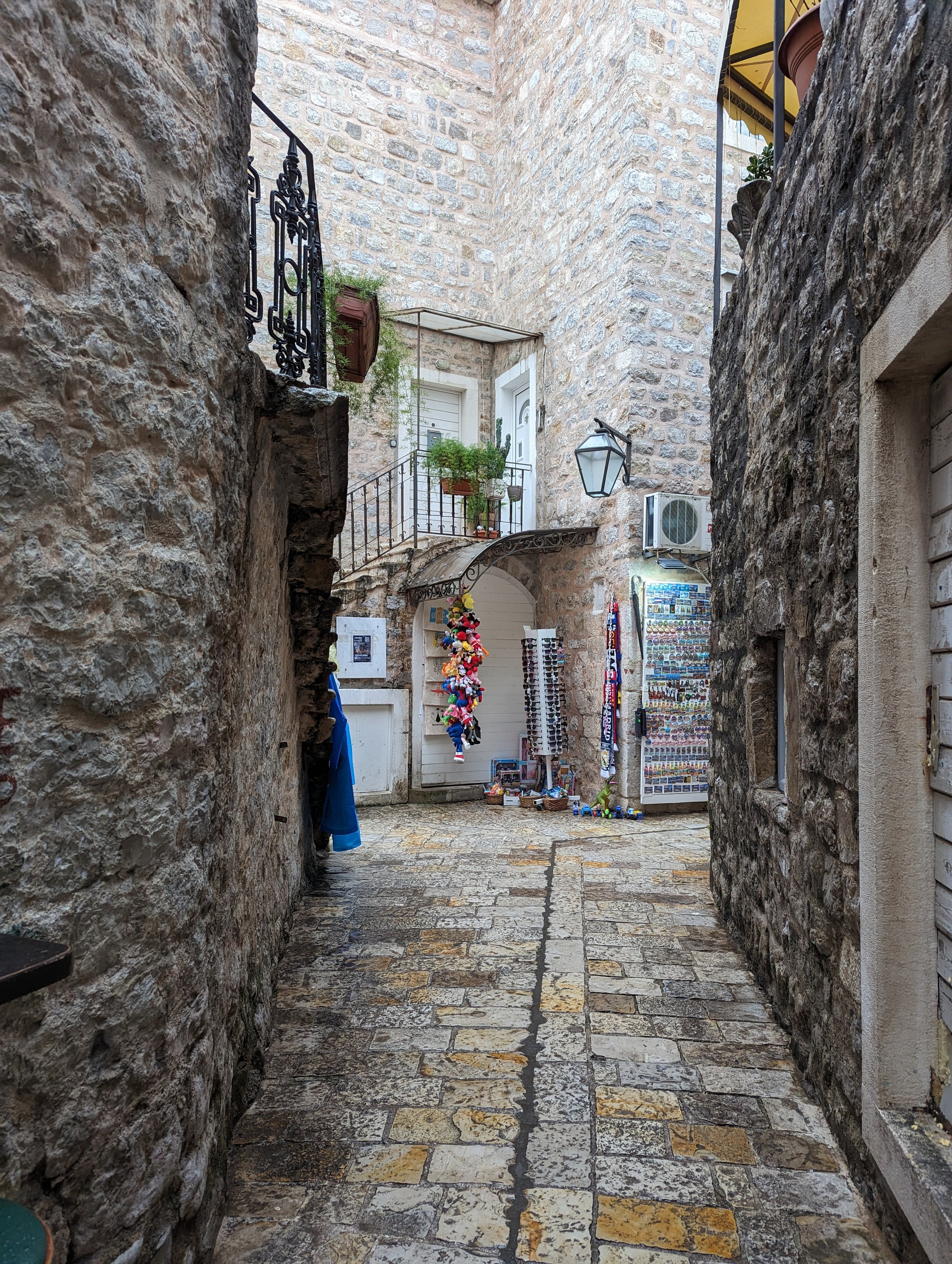
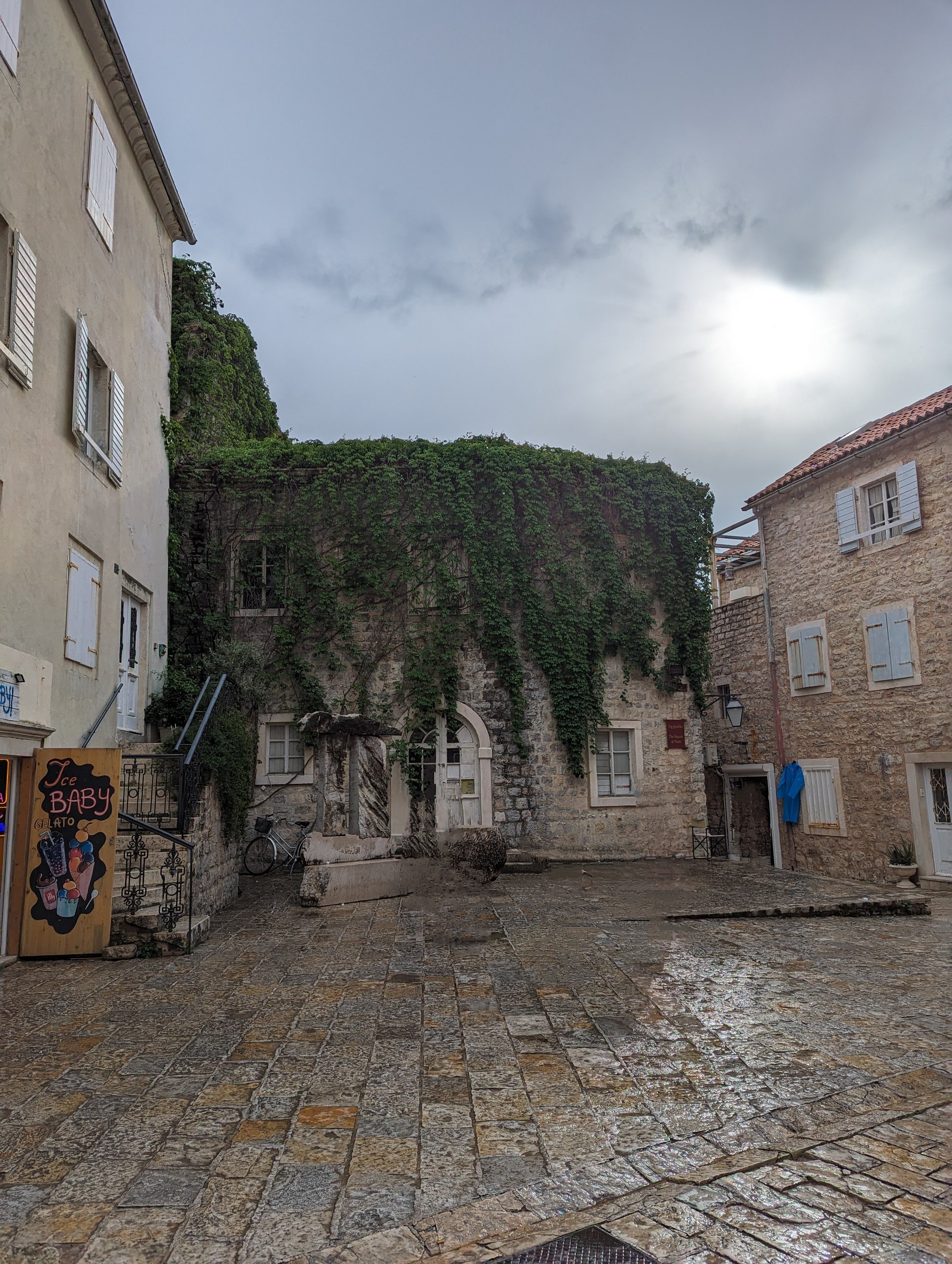
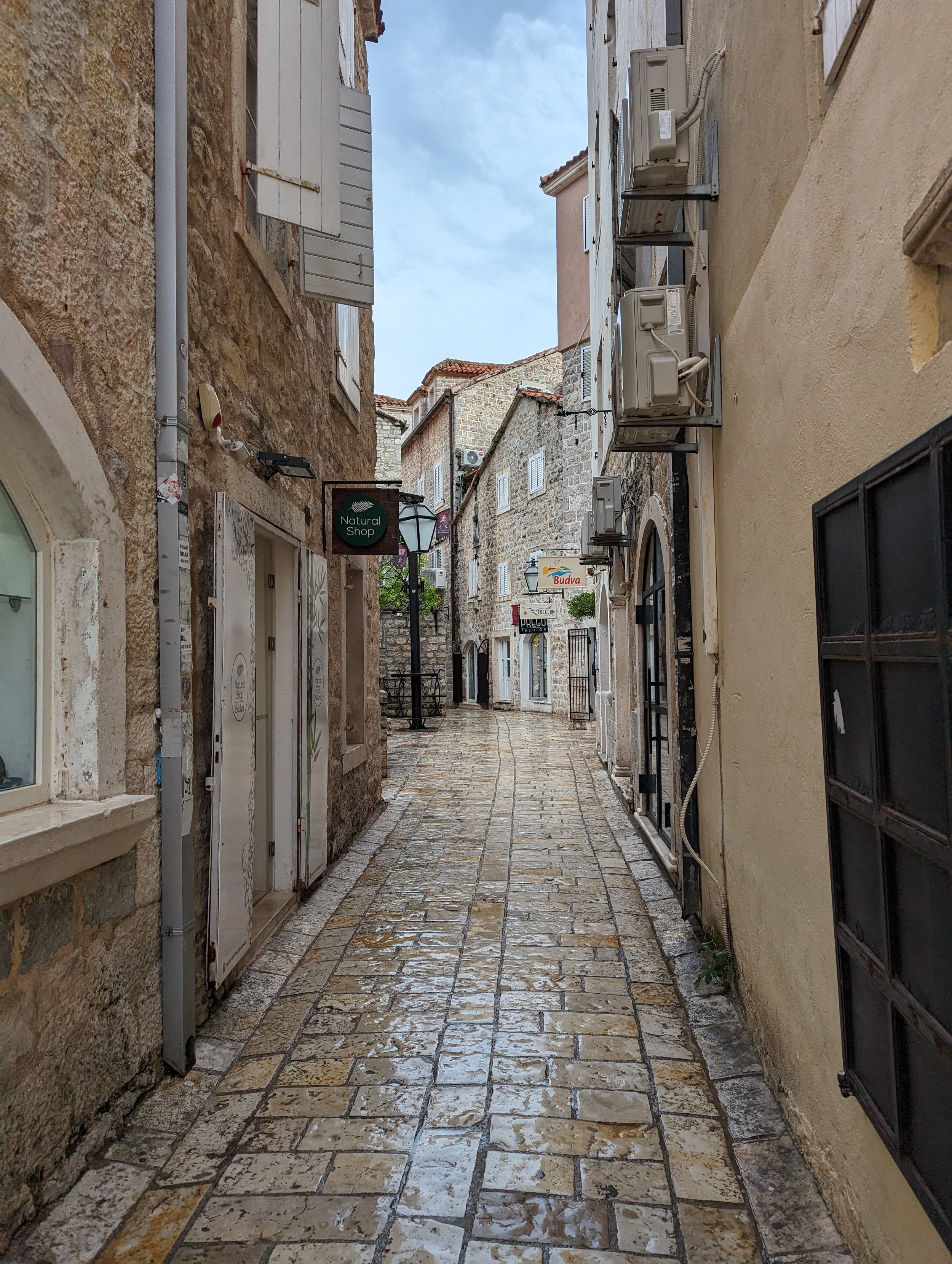
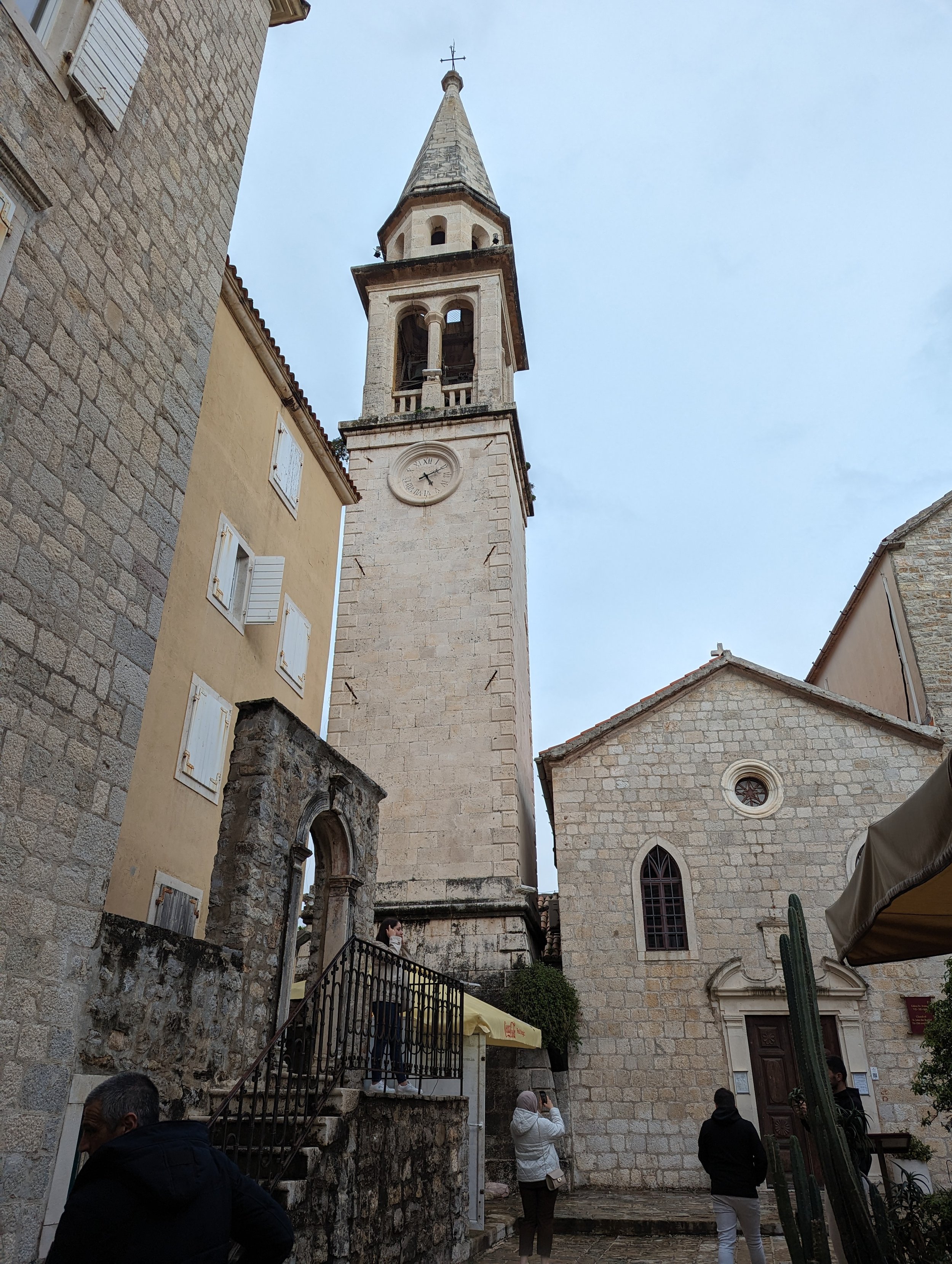
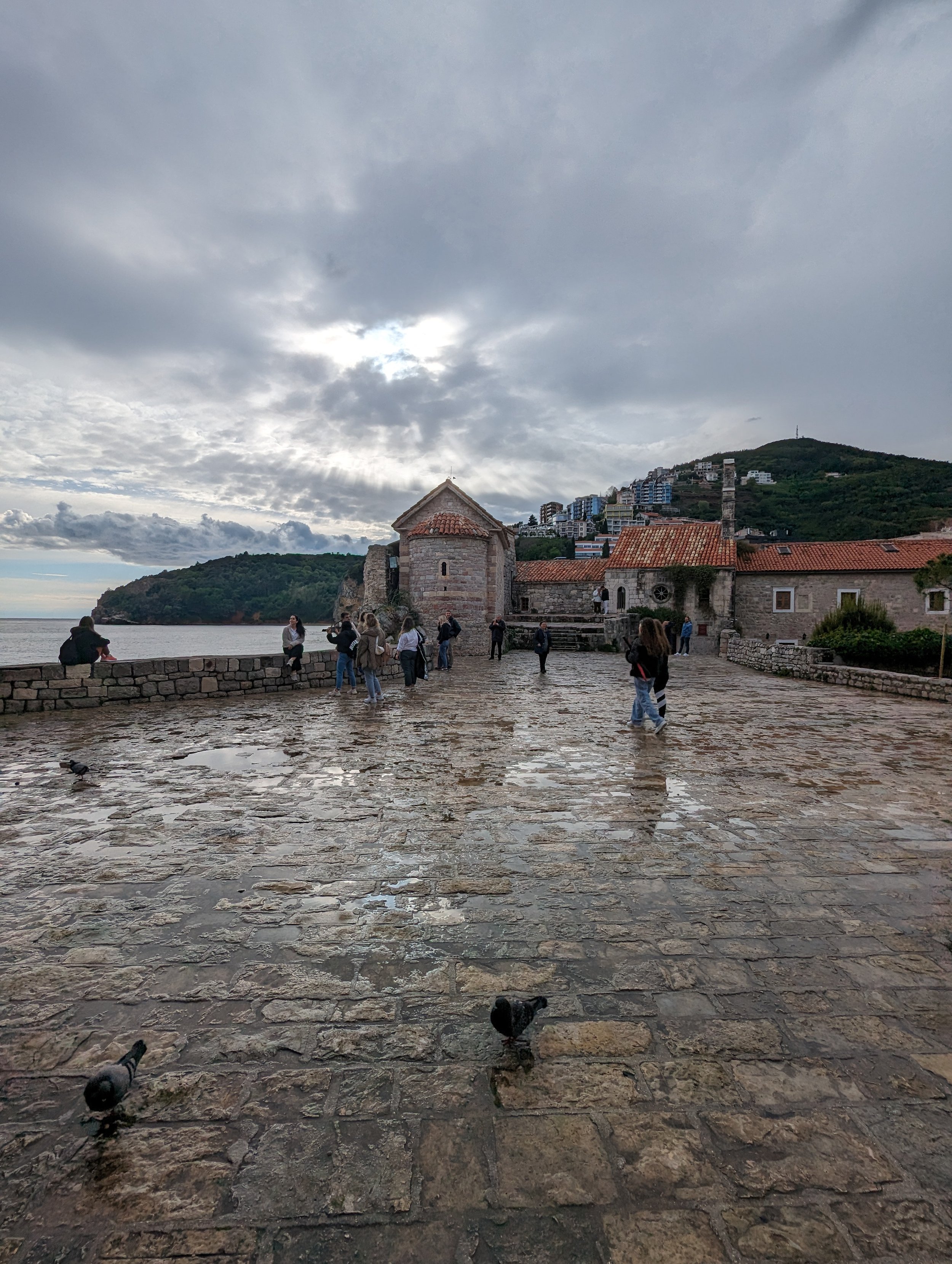
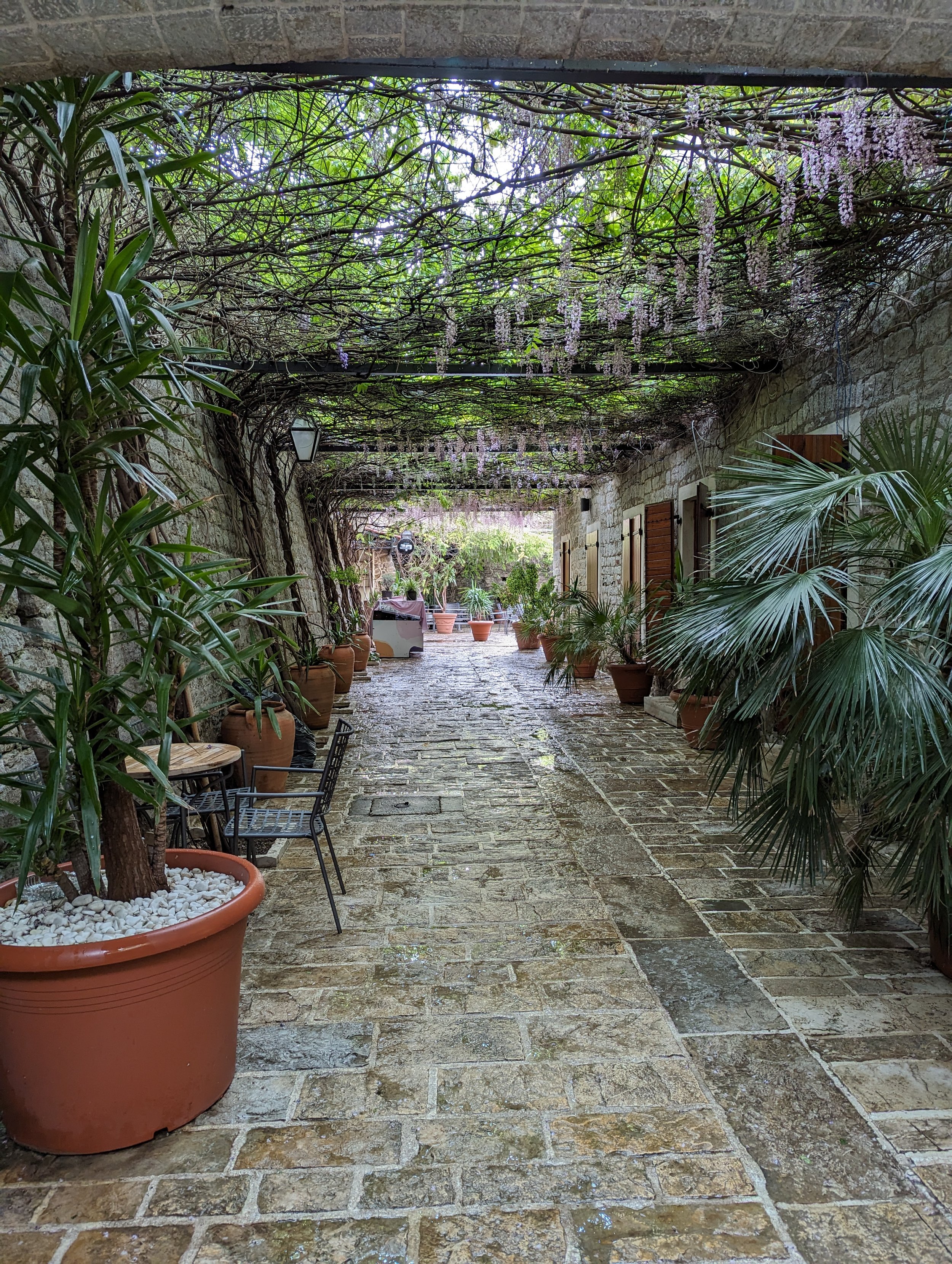
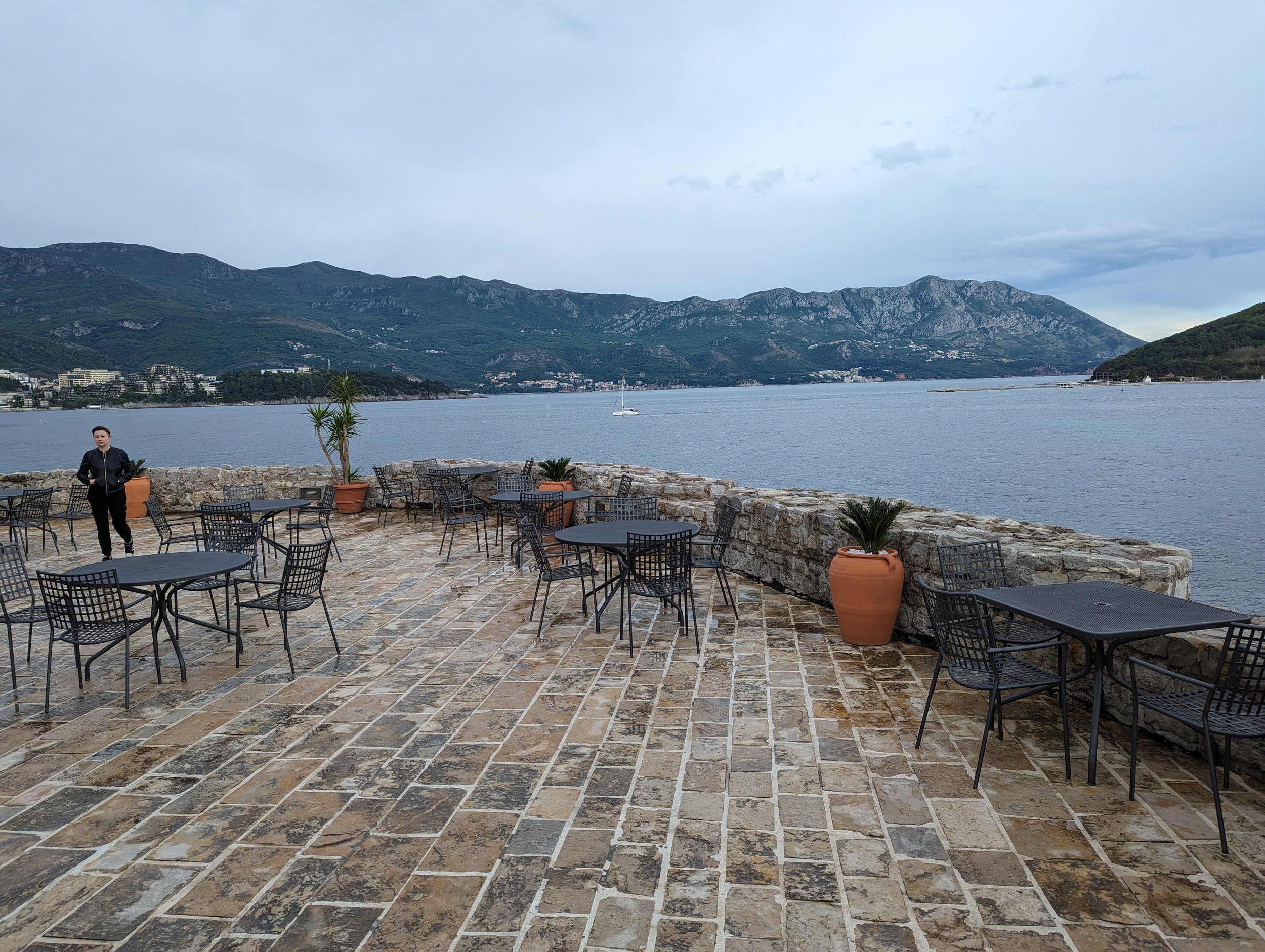
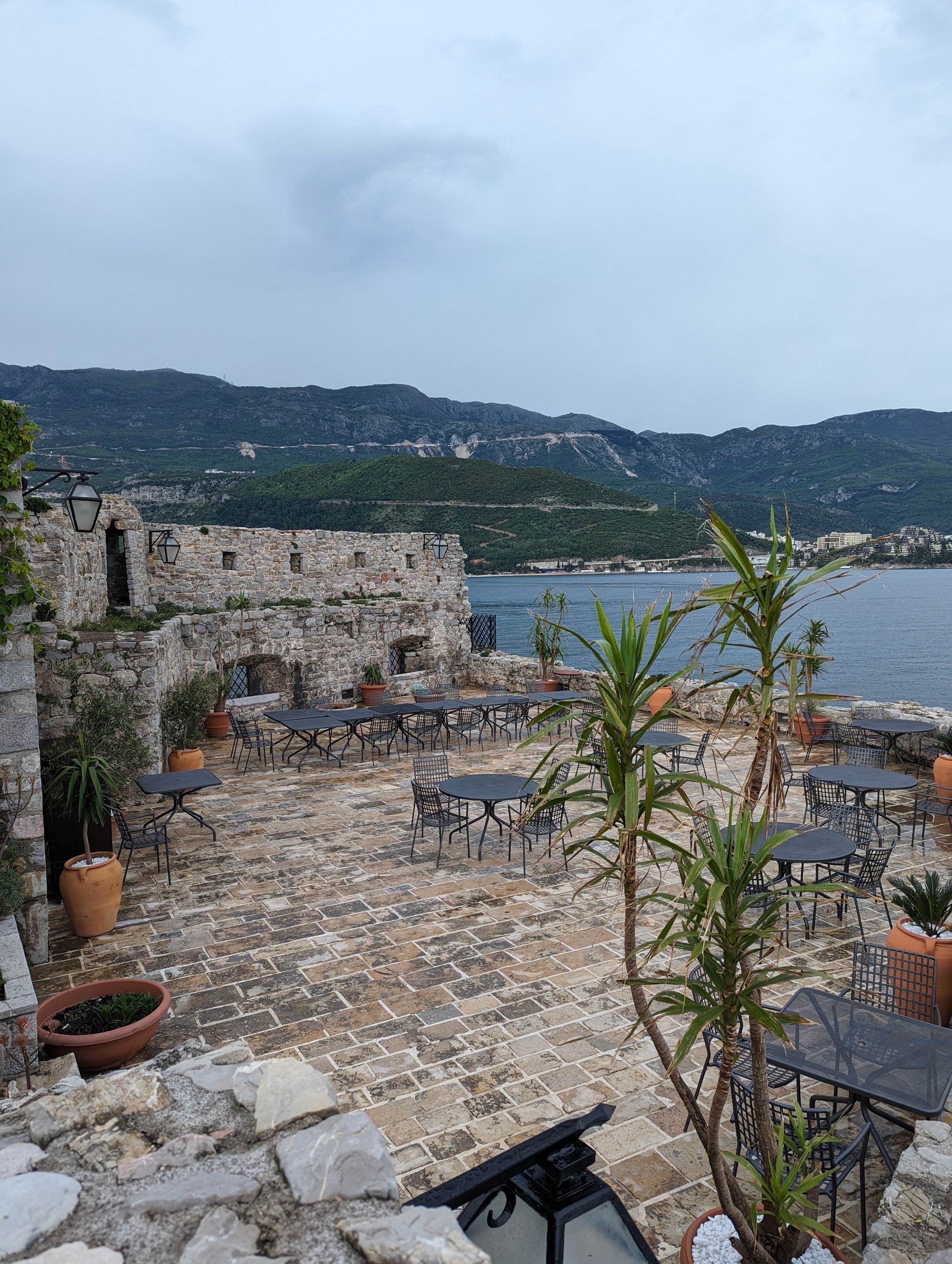
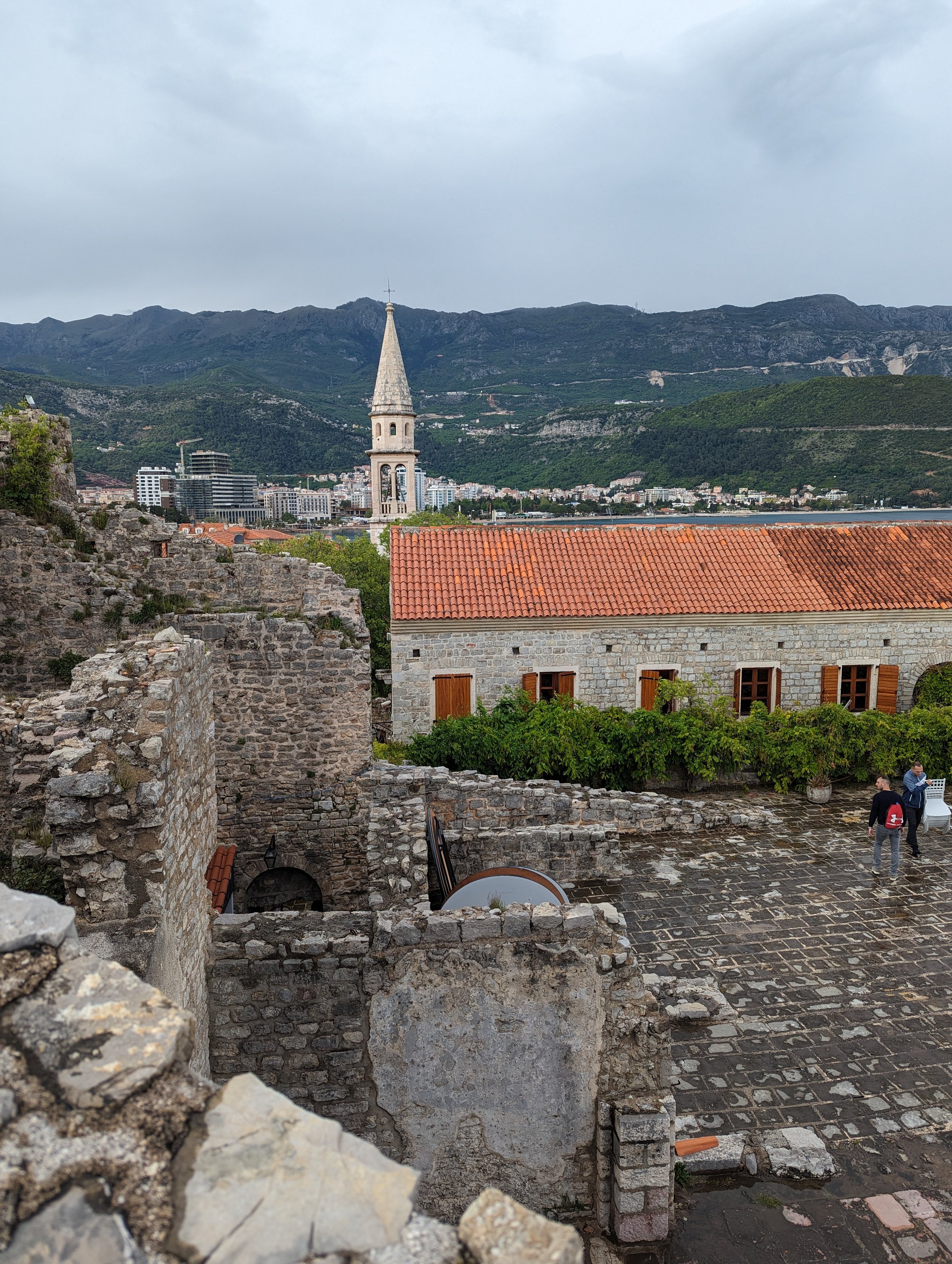
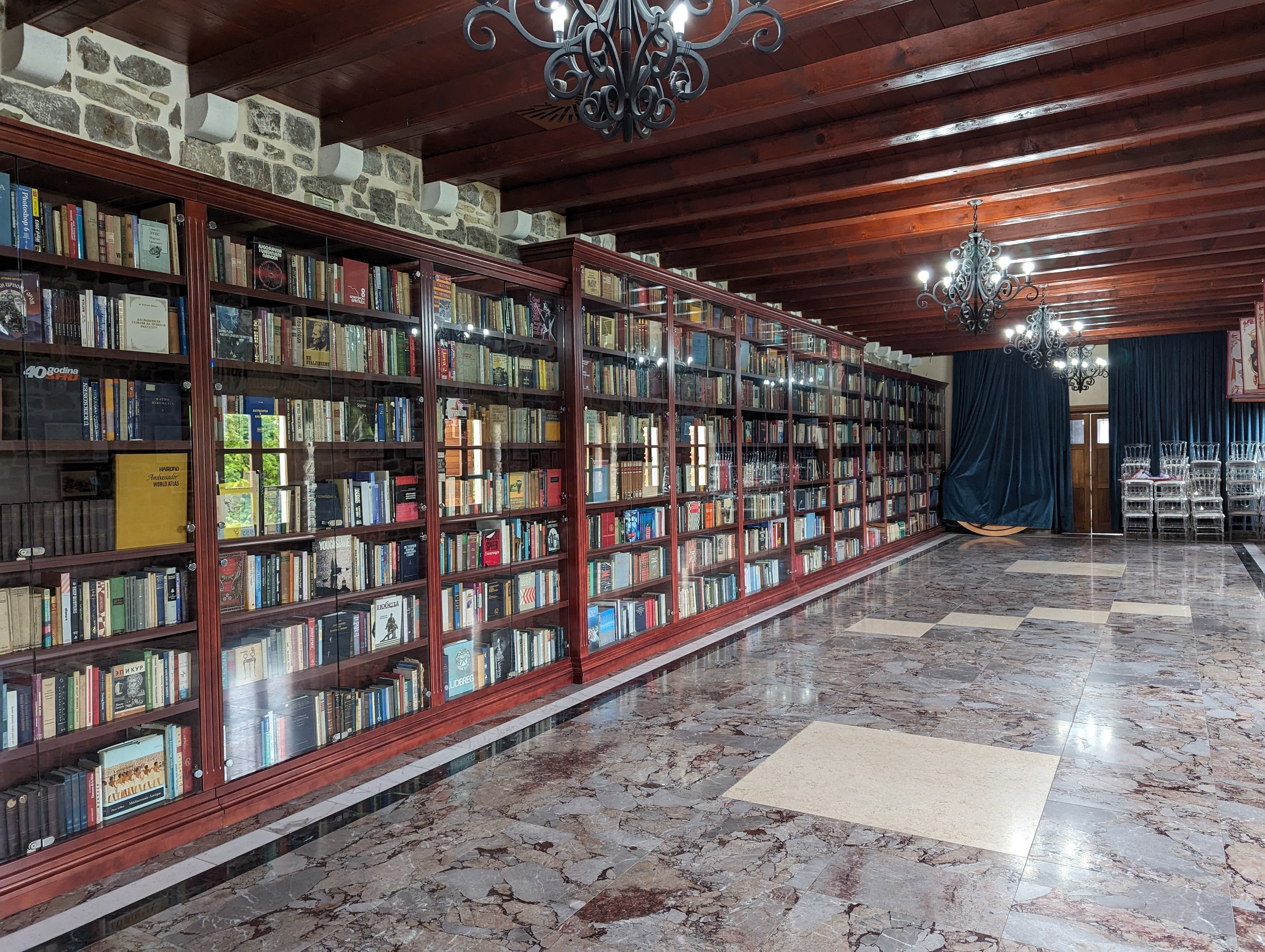
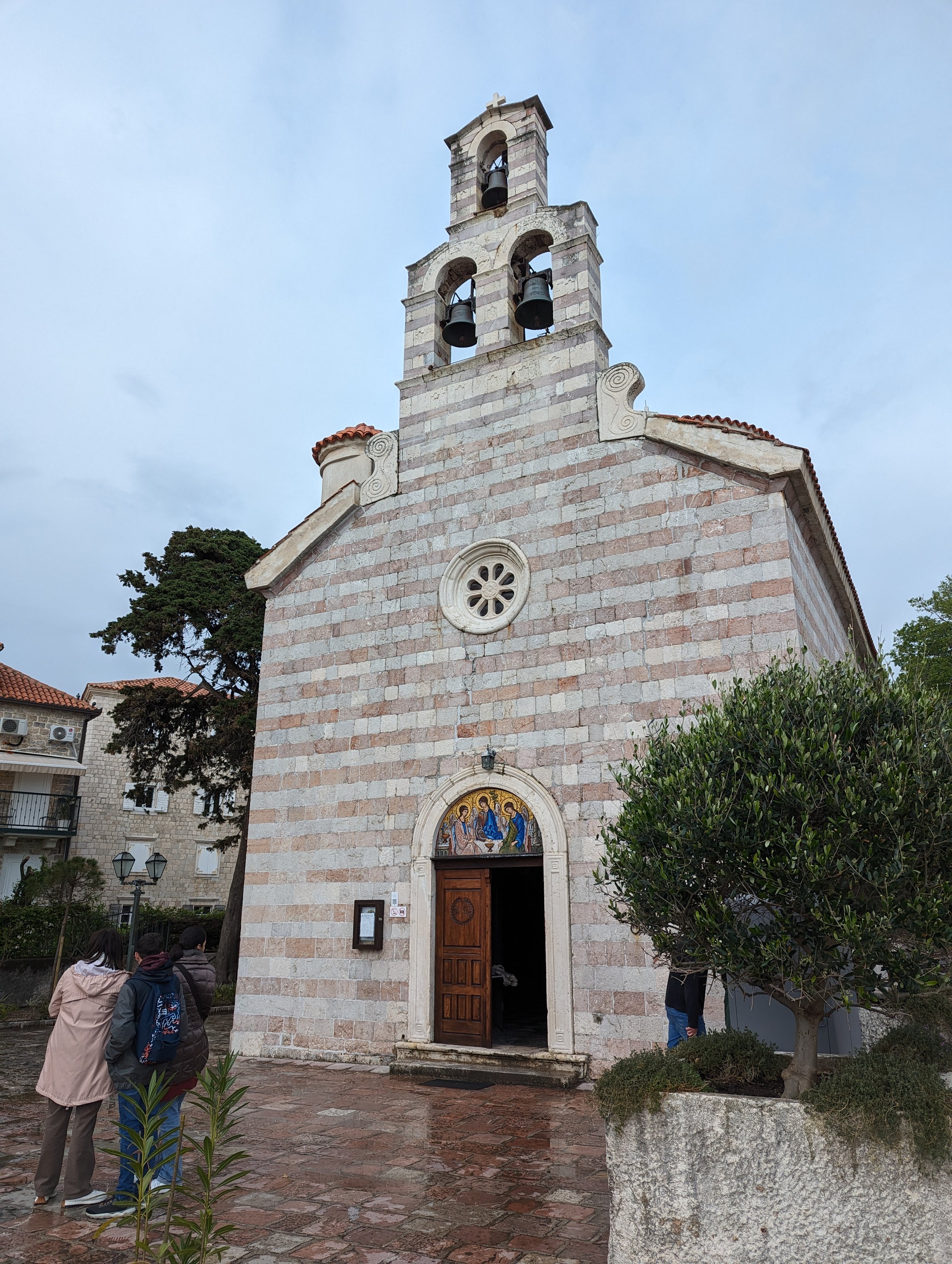
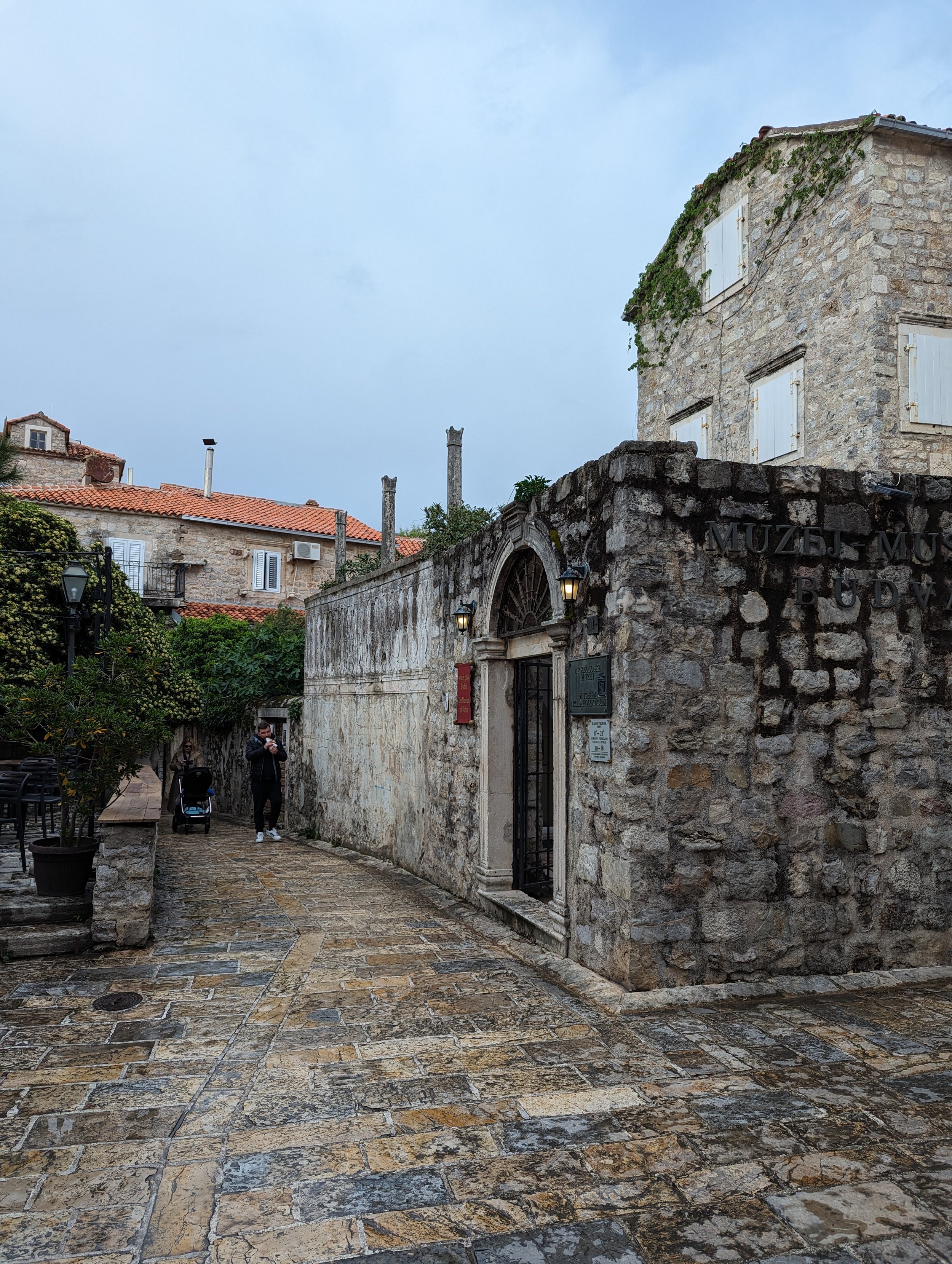
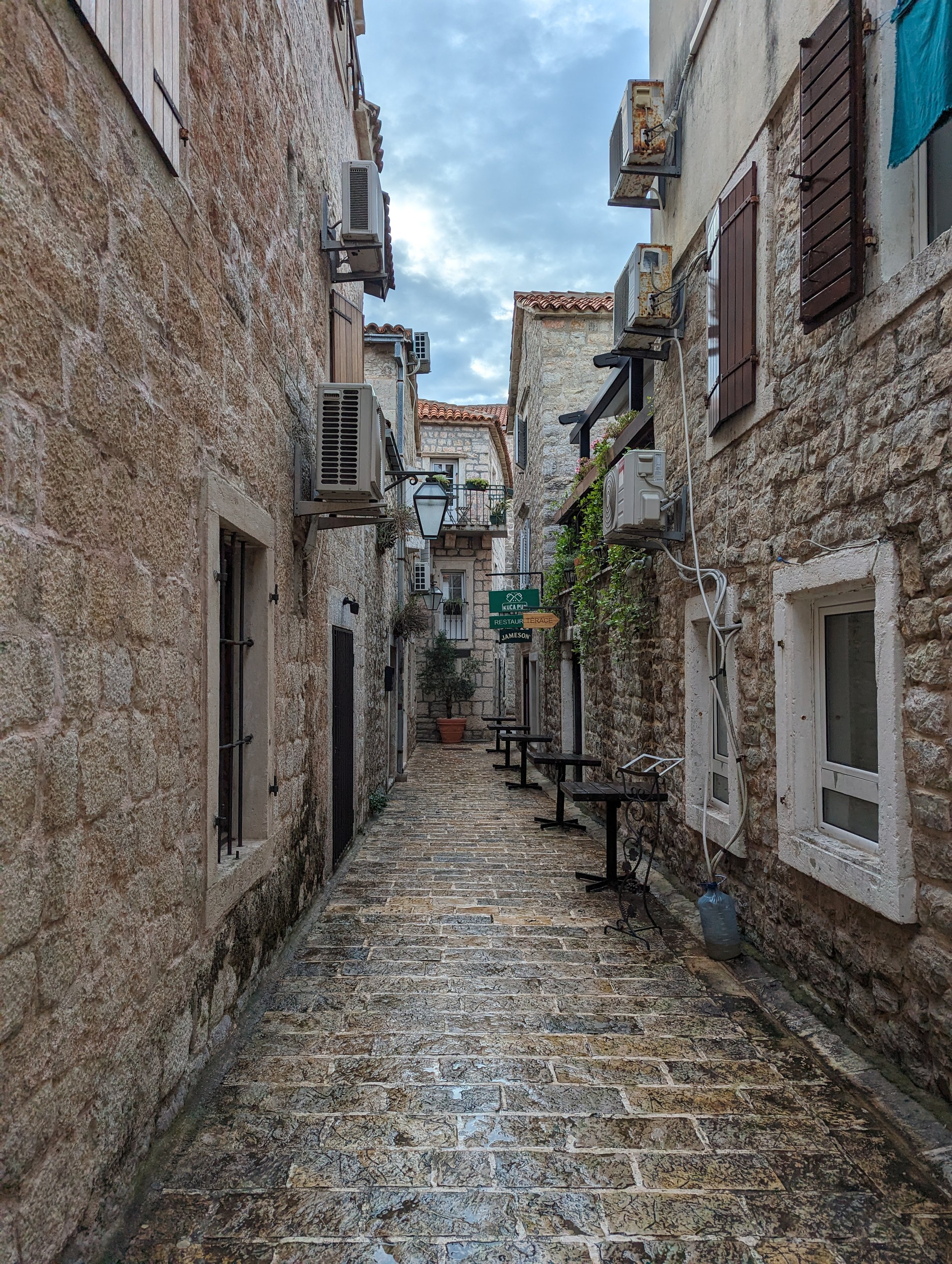
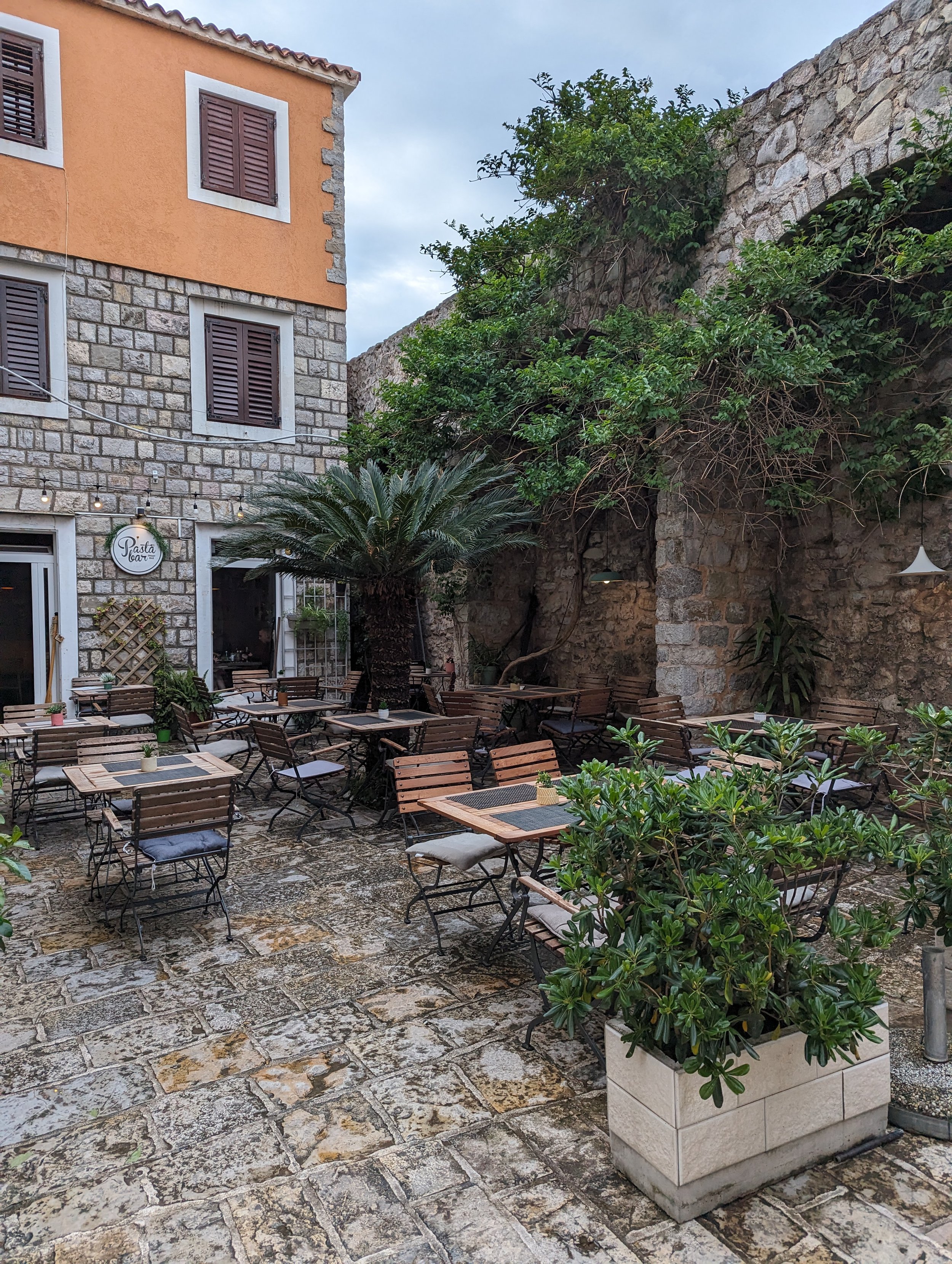





4. Lake Skadar
Lake Skadar, (sitting between the border of Montenegro and Albania), is the largest lake in Southern Europe and one of the most important habitats for wetland birds in Europe. Known locally as Skadarsko Jezero, this massive freshwater lake is famous for its diverse ecosystems, stunning scenery, and cultural heritage.
Nature and Wildlife Watching: Lake Skadar is a paradise for bird enthusiasts, hosting one of the largest bird reserves in Europe. It's especially famous for its populations of Dalmatian pelicans and over 270 other bird species. The best times for bird watching are spring and autumn when migration peaks. The lake and its surrounding wetlands are also a biodiverse area with a wide variety of aquatic and terrestrial species, making it an excellent spot for nature lovers.
Boating and Water Sports: Traditional wooden boats offer tours of the lake (normally around 25 euros in Spring), allowing visitors to explore remote parts of the wetlands, see the floating water lilies, and visit historical sites accessible only by water.
For those looking for an active way to explore, kayaking and canoeing provide an intimate experience with the lake’s tranquil waters and hidden corners.
Cultural Exploration: The lake's shores are dotted with ancient monasteries and churches, like the 14th-century Monastery of Kom and the well-preserved Beska Monastery. These sites often feature beautifully preserved frescoes and architecture. Visiting the small fishing villages around the lake, such as Rijeka Crnojevića and Virpazar, offers insights into the traditional Montenegrin way of life.
Wine Tasting: The region around Lake Skadar is known for its vineyards. Many local wineries offer tastings and tours, where visitors can learn about the winemaking process and sample indigenous grape varieties like Vranac and Krstač.
Hiking and Outdoor Activities: There are Several hike trails around the lake offer spectacular views and the opportunity to explore the area on foot. Trails range from easy walks to more challenging hikes leading up to old fortresses and panoramic viewpoints.
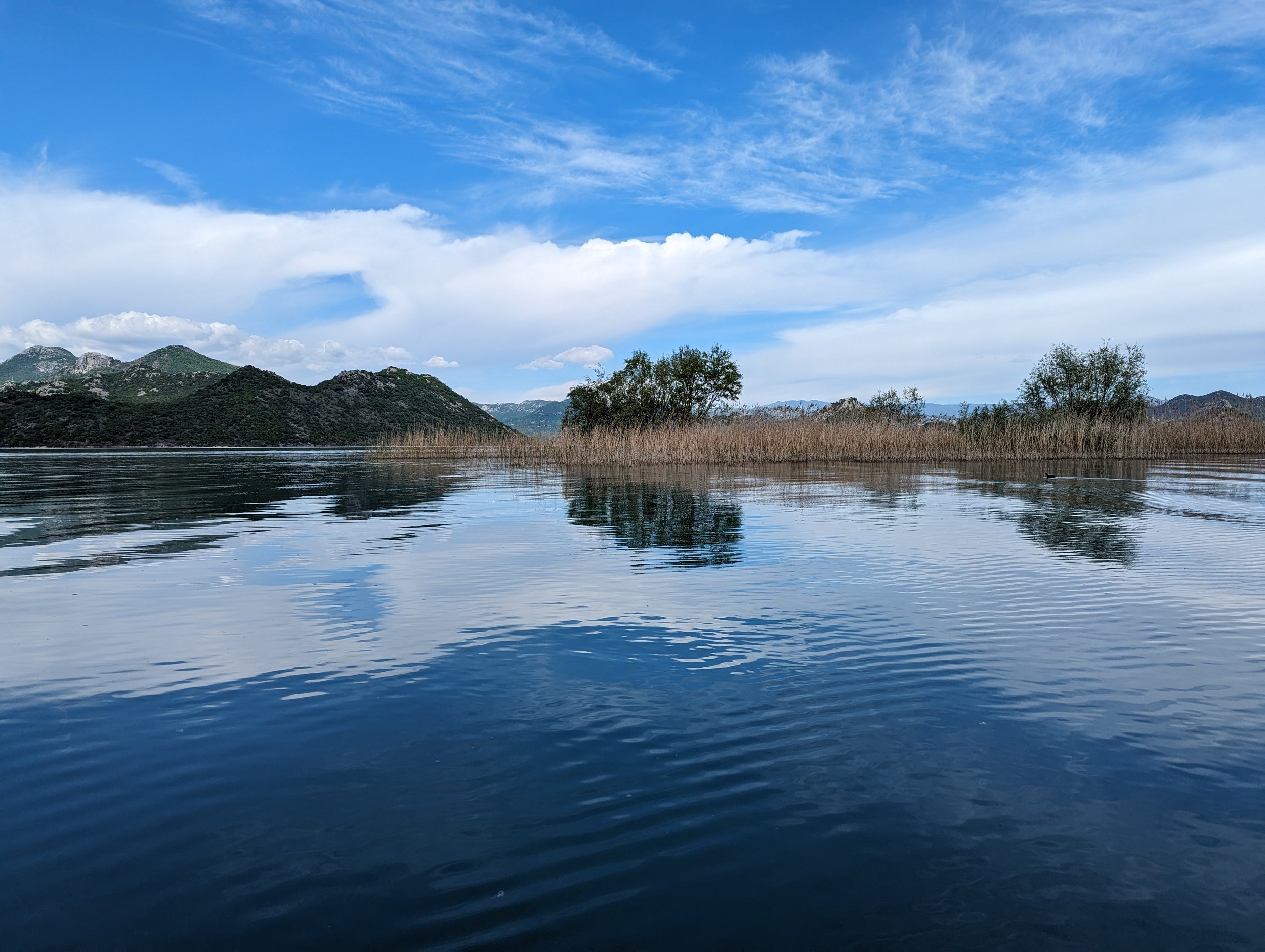
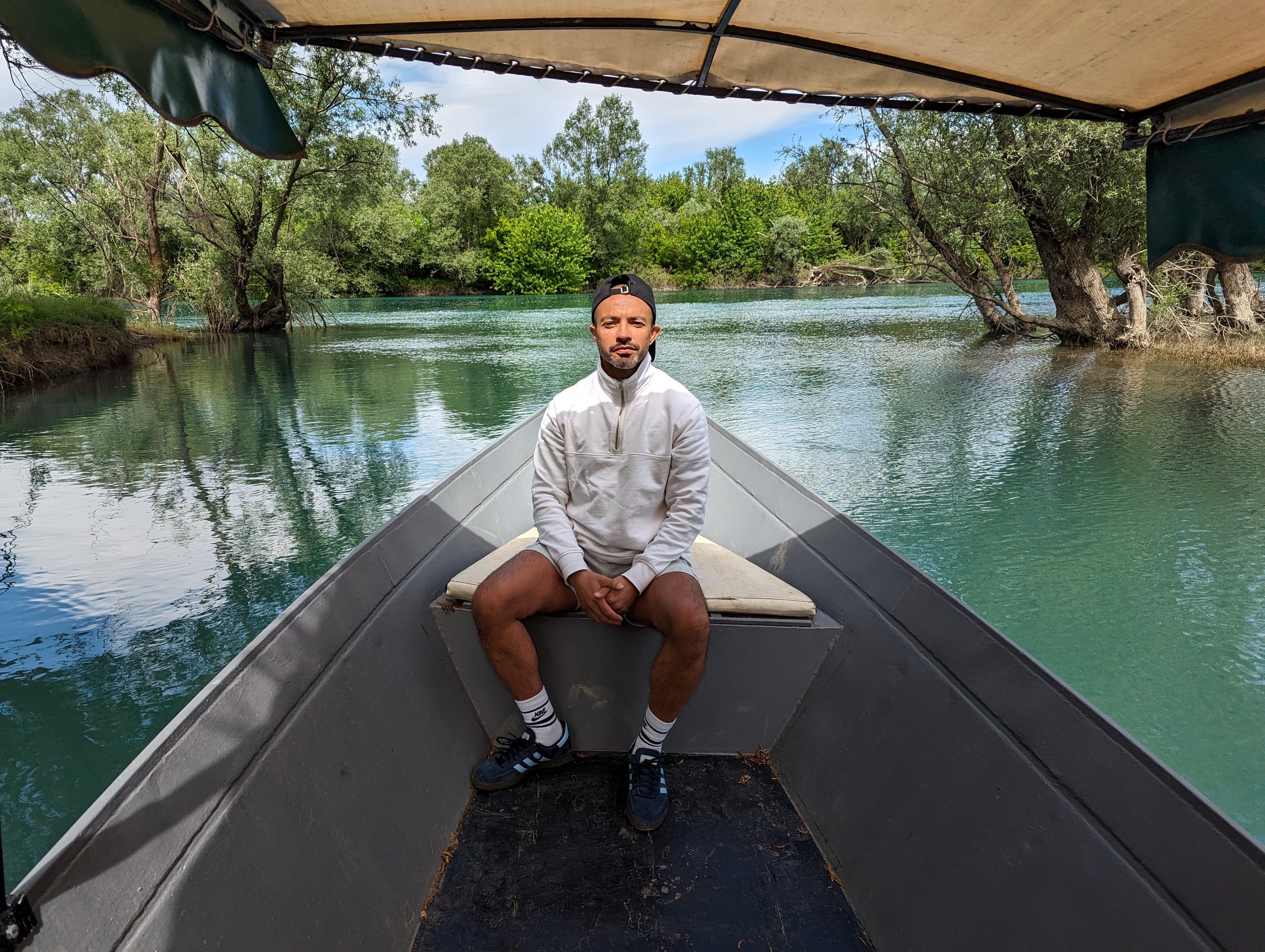
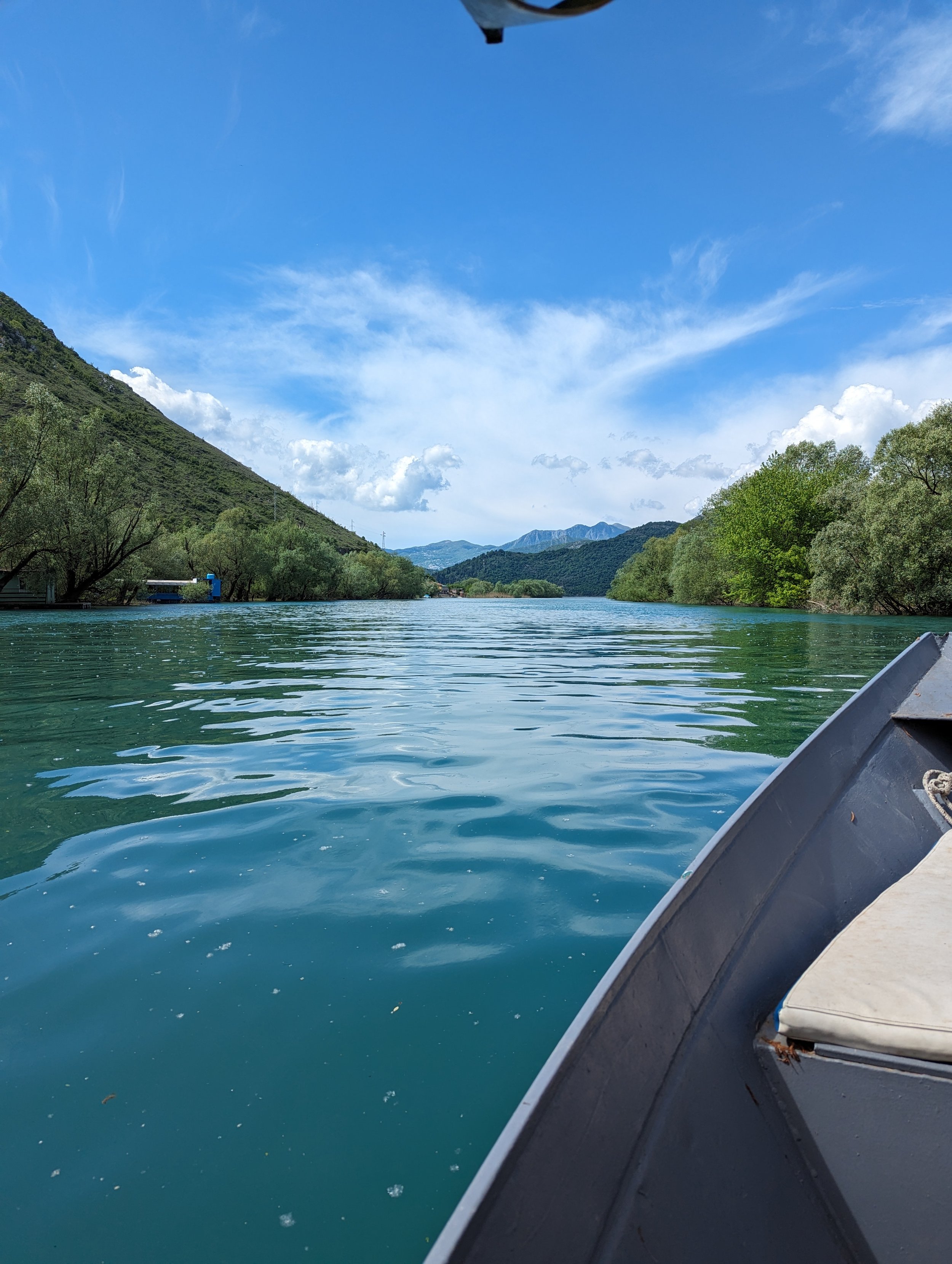
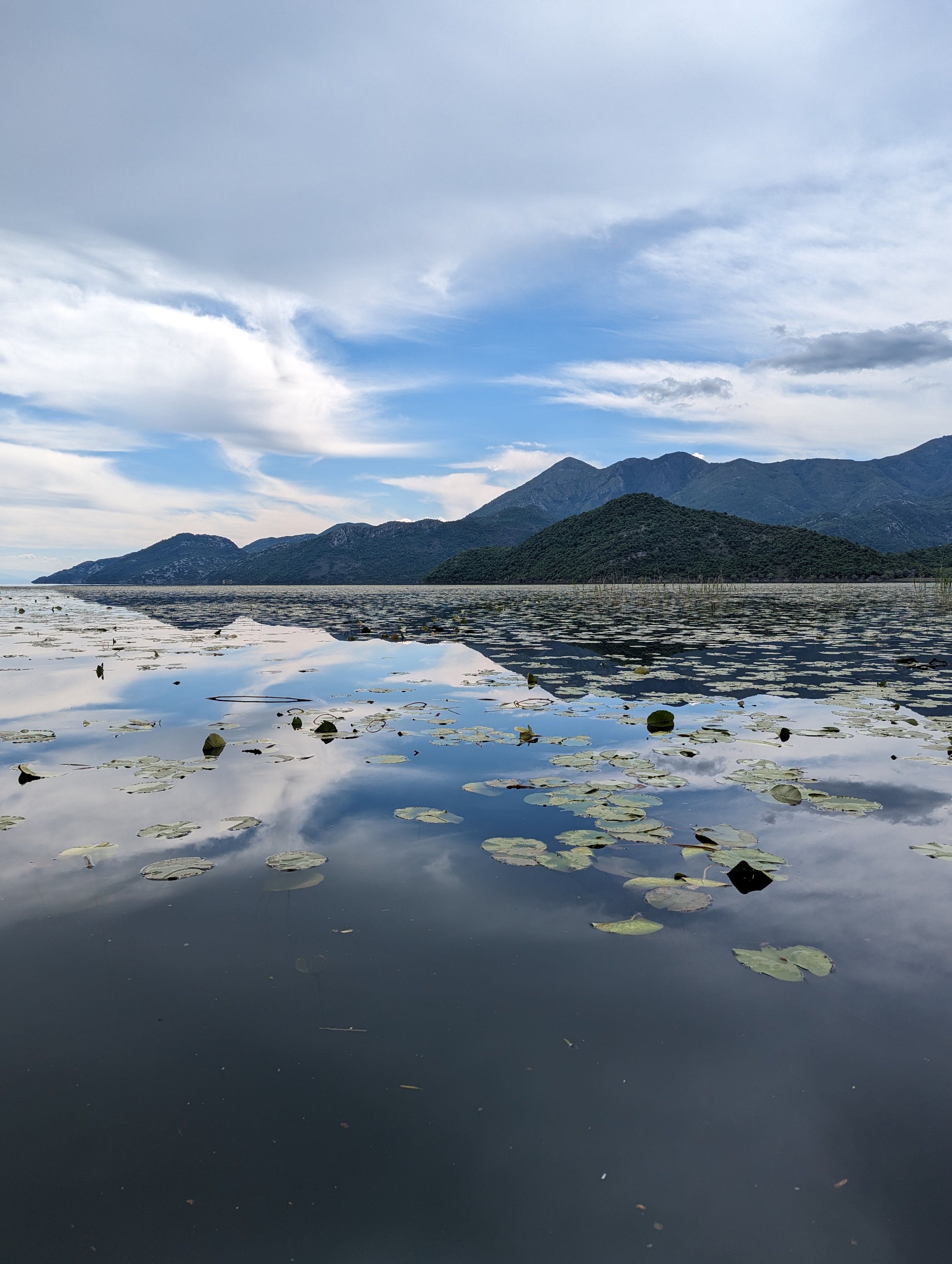
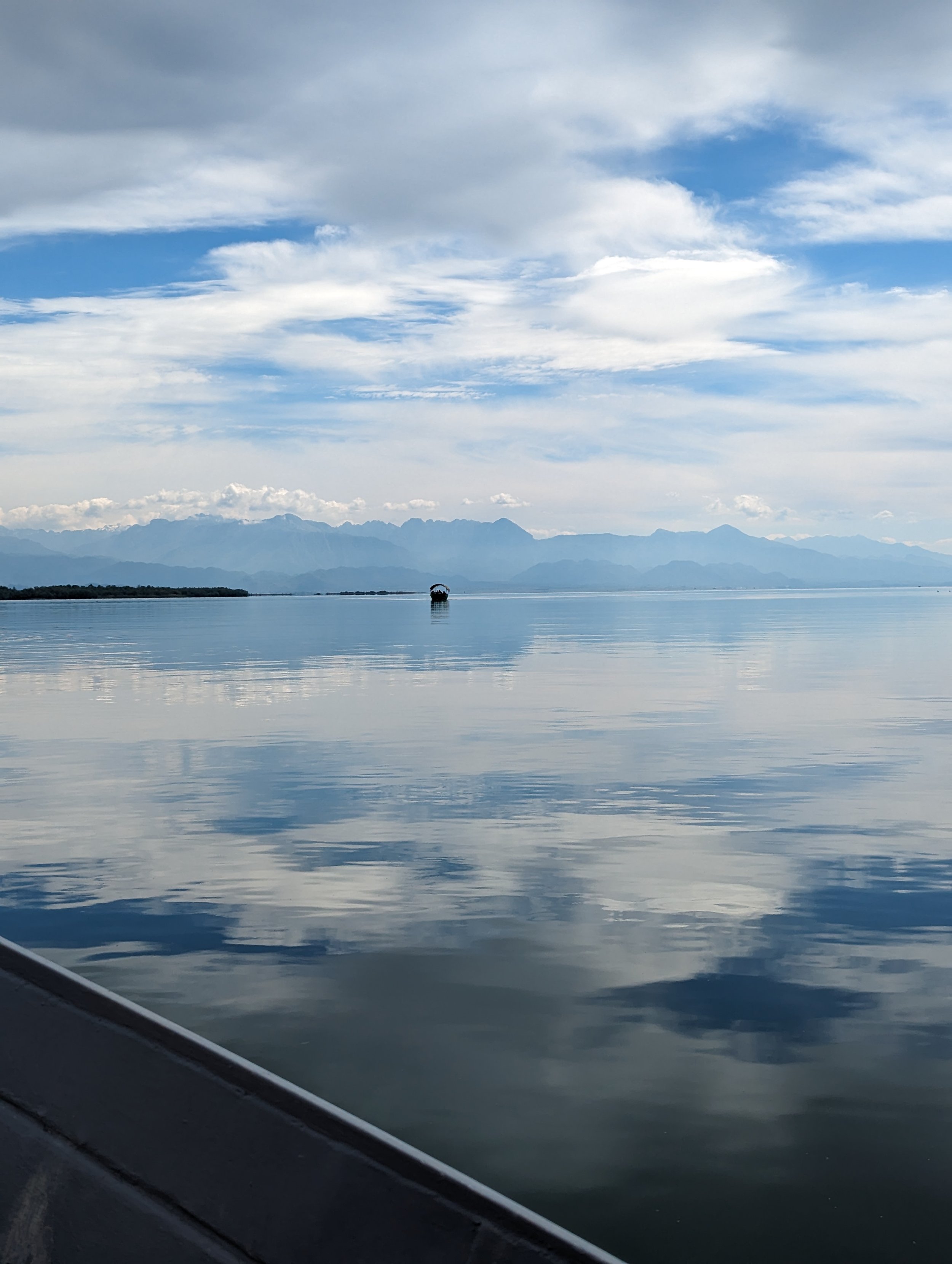
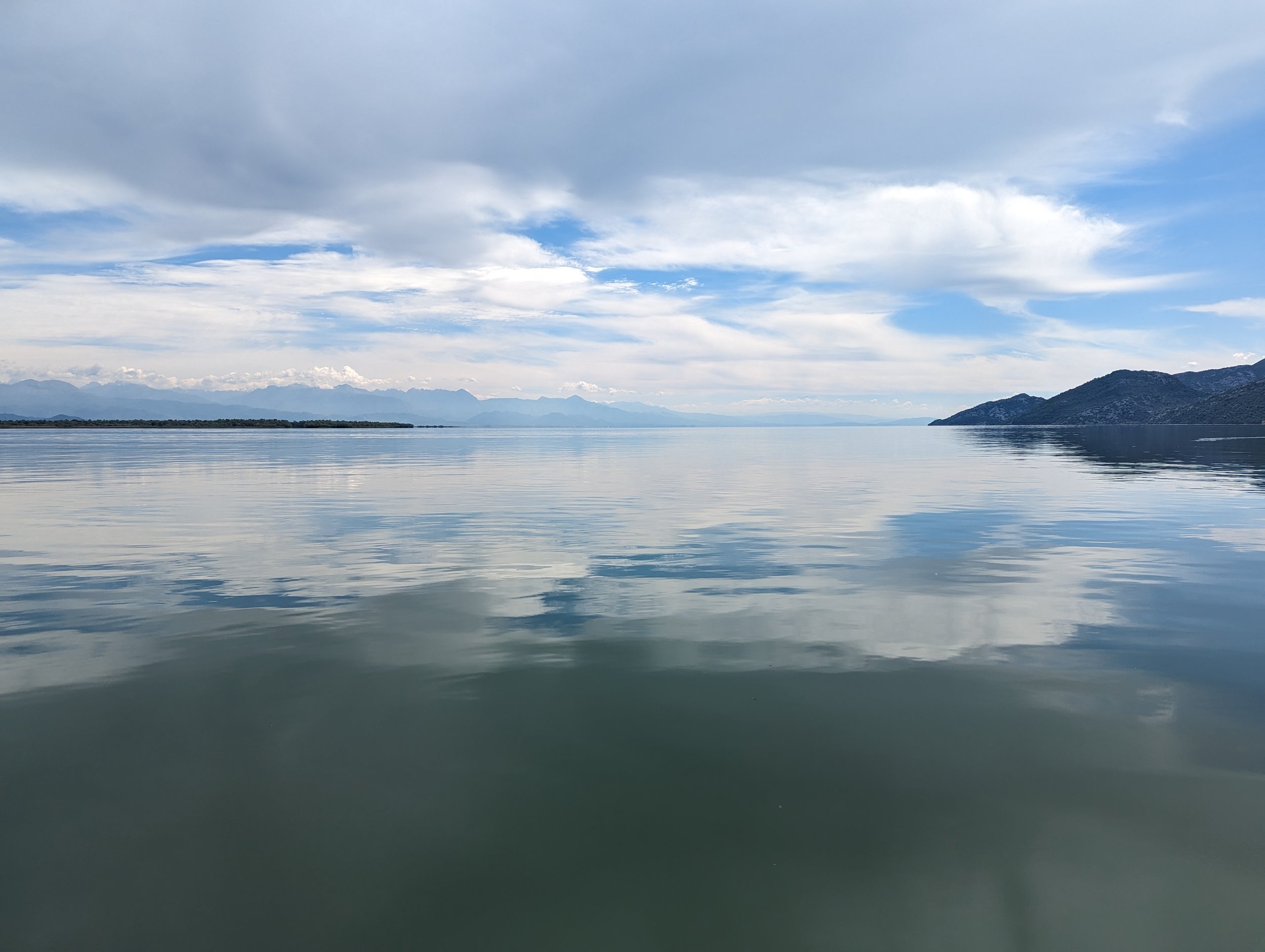
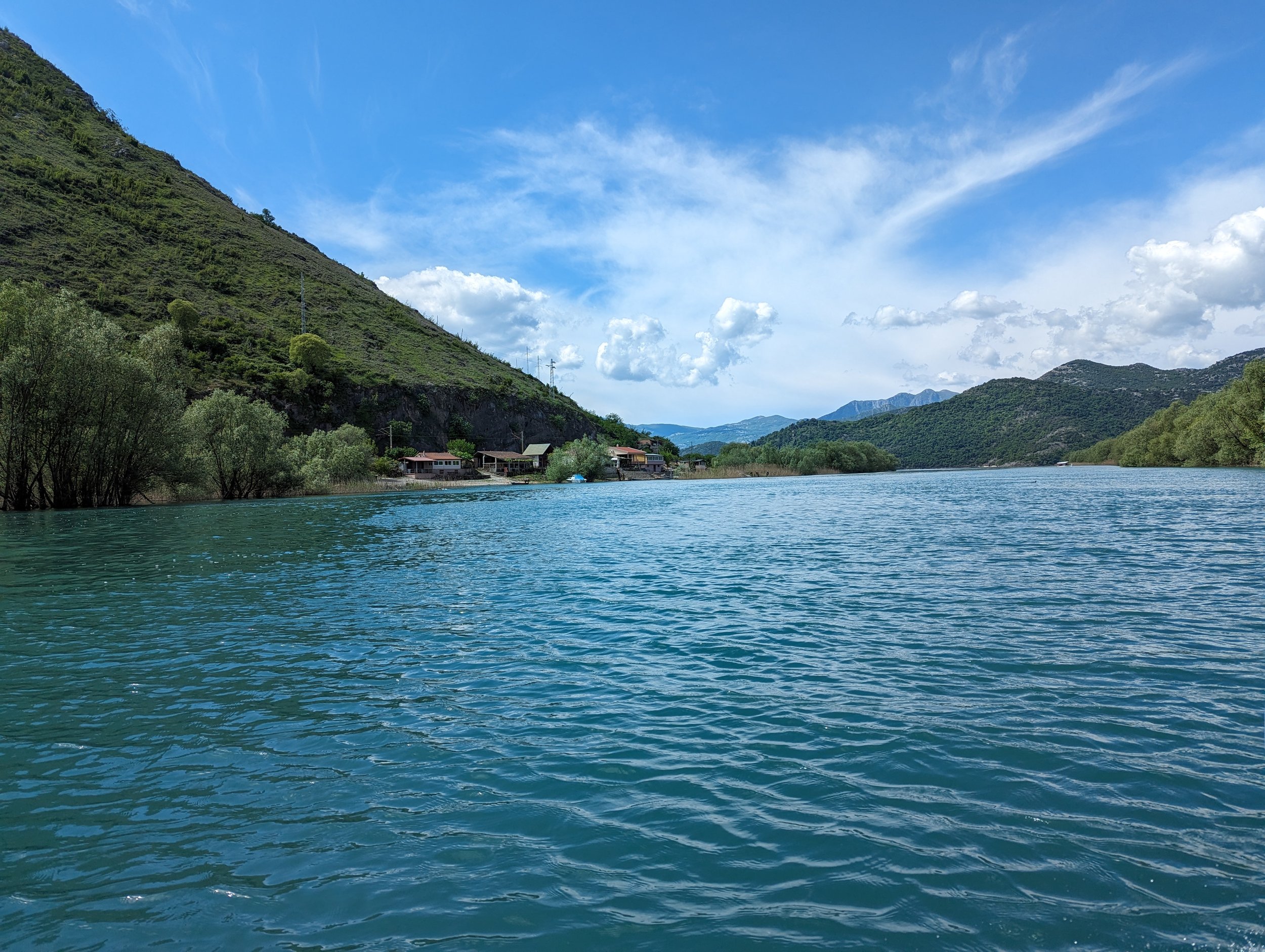
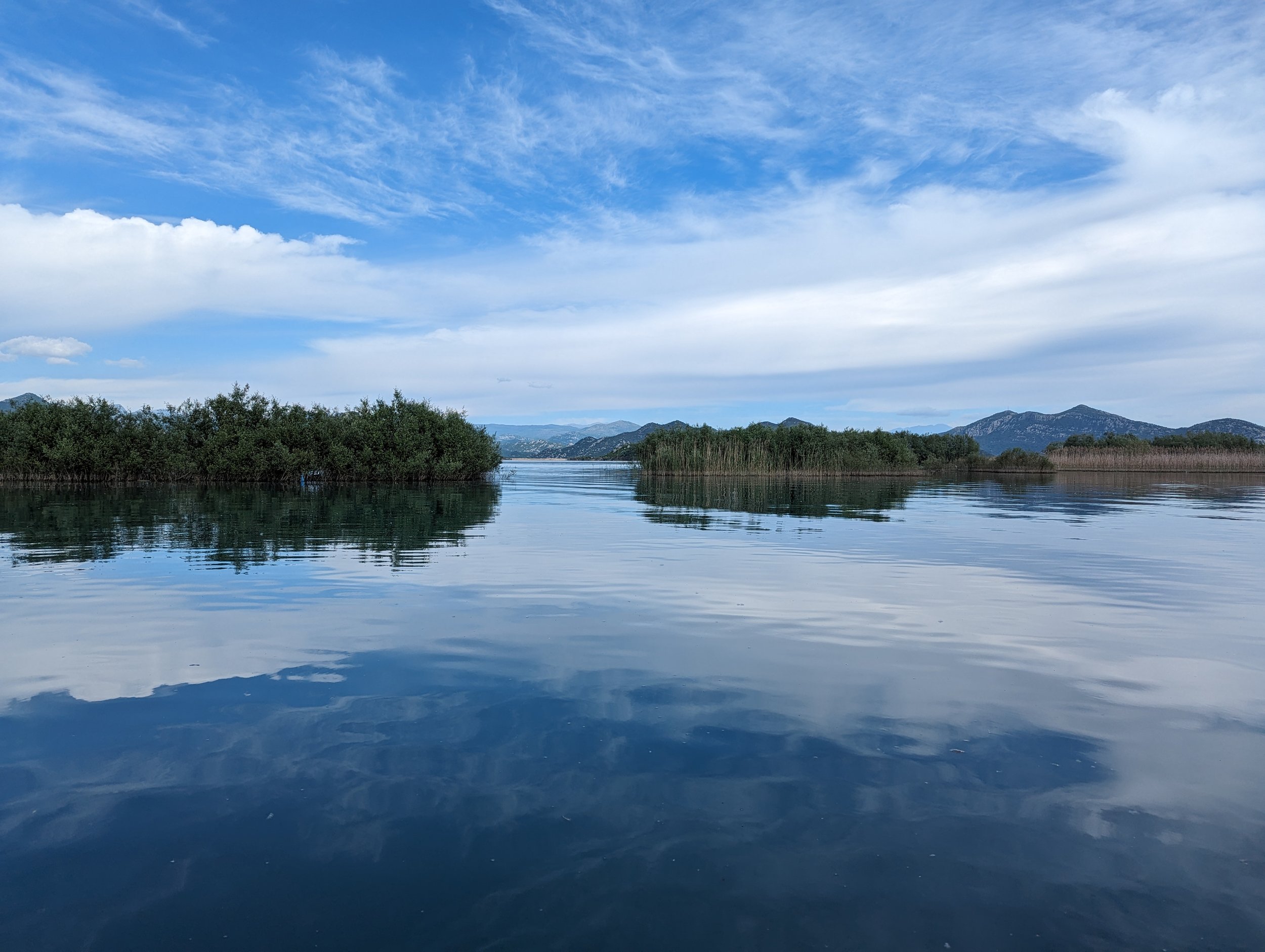

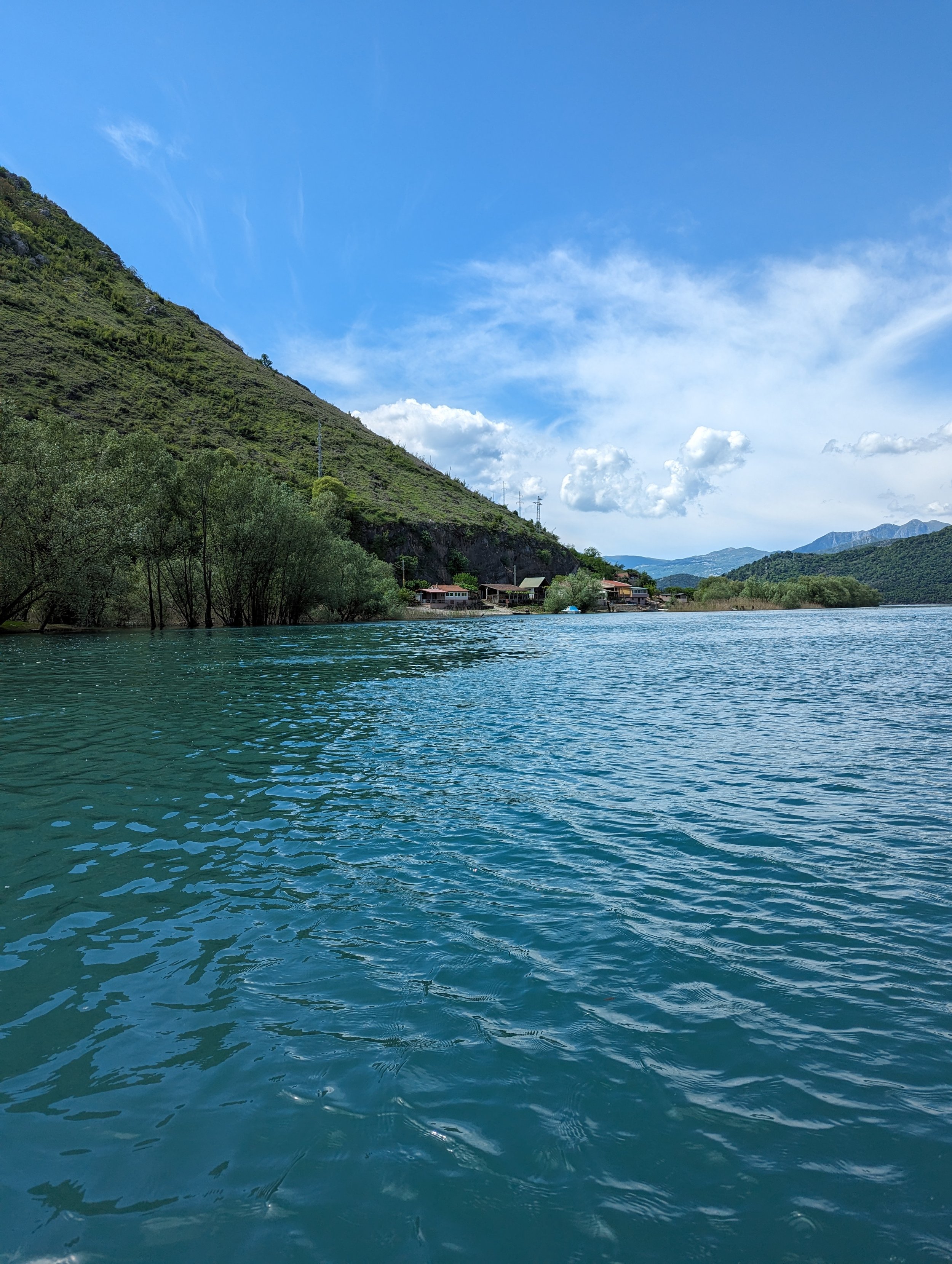
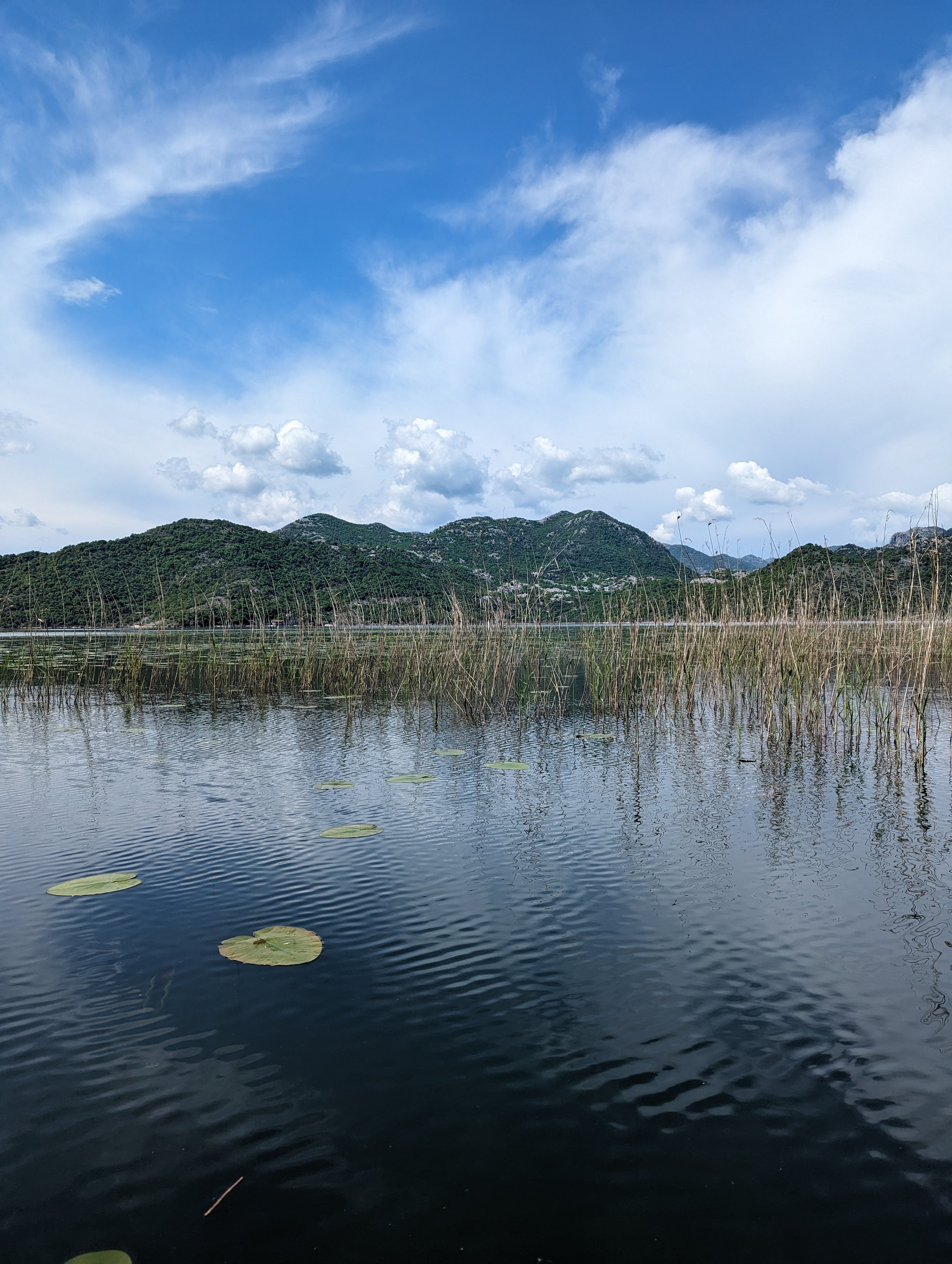
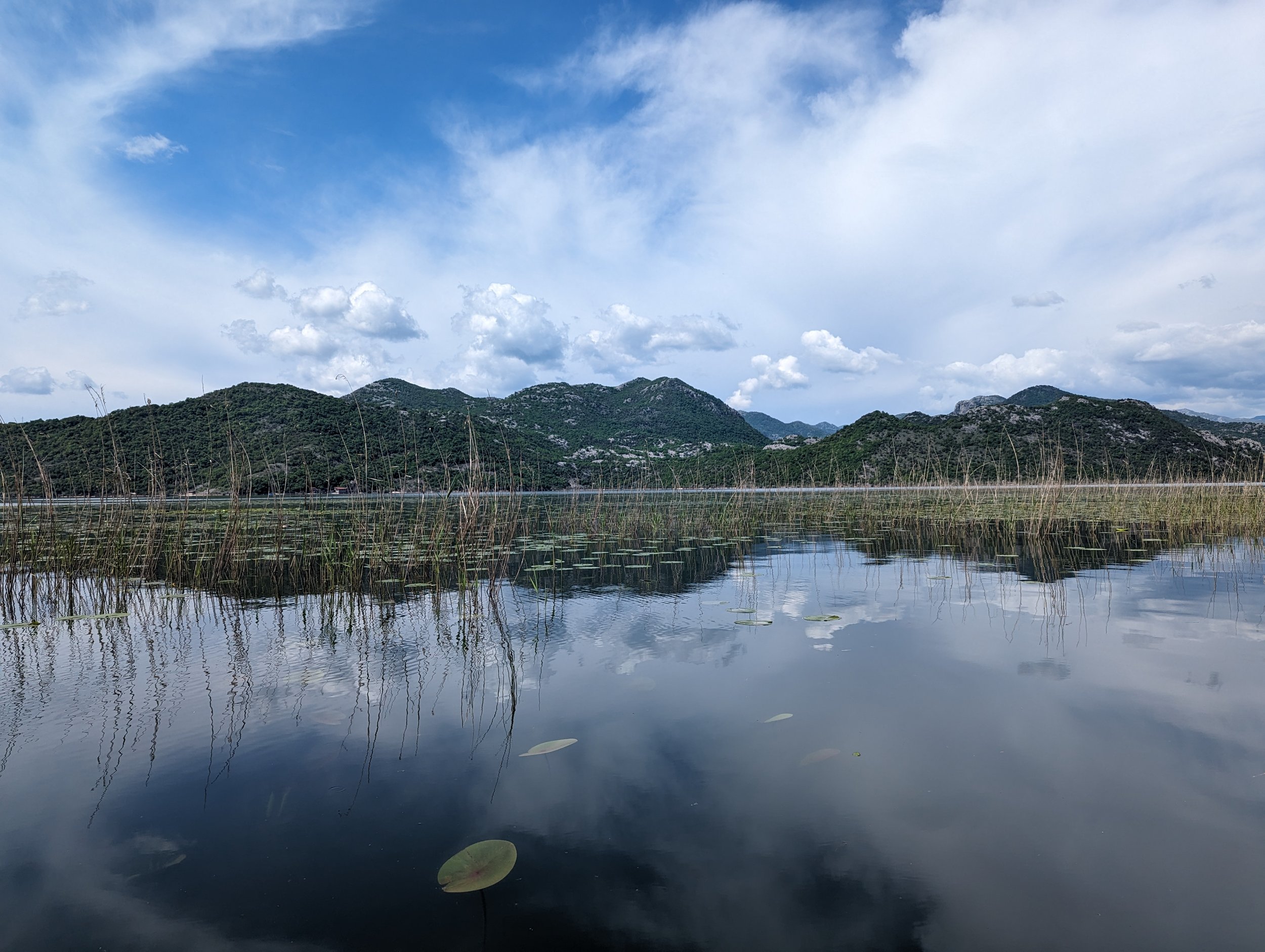
5. Blue Cave
The Blue Cave is one of Montenegro's most beautiful natural attractions, located on the Lustica Peninsula along the Adriatic coast. This sea cave is named for its stunning blue waters, which are a result of the sunlight reflecting through the water and off the white sandy bottom, which illuminates the cave in a breathtaking vivid blue light.
The cave itself is quite spacious, with an entrance about 3 meters high and 15 meters wide, allowing small boats to enter. The interior of the cave is around 9 meters high and extends approximately 300 meters in depth, creating an almost otherworldly environment. Here are some of the activities you can do at the Blue Cave:
Swimming and Snorkeling: The clear, calm waters inside the Blue Cave are perfect for swimming and snorkeling. Visitors can immerse themselves in the vibrant blue light while exploring the underwater scenery and marine life that thrives within this secluded spot.
Boat Tours: Accessing the Cave is most commonly accessed by small boat tours, which often depart from nearby cities such as Kotor, Tivat, and Herceg Novi. These tours not only provide transport to and from the cave but also offer insightful commentary about the area’s geography and history.
For those looking for a more active approach, kayaking or paddleboarding to the cave offers a quieter and more intimate way to experience its natural beauty. This also allows for a flexible exploration of the surrounding waters and coastlines.
Photography: The intense blue of the water contrasted with the dark rocky surroundings provides an excellent opportunity for both amateur and professional photographers to capture stunning images, especially during the midday sun when the colors are most vibrant.
Exploring Nearby Attractions: Many tours to the Blue Cave include a stop at the nearby Mamula Island, where visitors can explore a historical fortress built by the Austro-Hungarian empire and delve into its rich past. Close to the Blue Cave are the fascinating Yugoslav submarine tunnels, which were used during the Cold War. These abandoned tunnels are open for exploration, offering a glimpse into the strategic military history of the region.


“The Gulf of Kotor is one of the most remarkable natural phenomena in Europe, the climax of the whole coast, and the most awe-inspiring entrance to Montenegro. Whether you enter it by sea or by one of the two main land routes the sight of it will last a lifetime”
Where I Stayed: Vivid Blue Resort Hotel in Sveti Stefan
During my visit to Montenegro, I stayed at the Vivid Blue Resort Hotel in Sveti Stefan. This exquisite hotel is renowned not only for its accommodations but also for its spectacular views of the Adriatic Sea as the video shows. The hotel staff also offered a very warm and attentive service.
Frequently Asked Questions:
-
Kotor Old Town: Medieval architecture, St. Tryphon's Cathedral, and the Maritime Museum.
Ostrog Monastery: A stunning cliffside monastery and important pilgrimage site.
Perast and Our Lady of the Rocks: Visit this historic town and its unique island church.
Cetinje Monastery: Montenegro's spiritual and historical heart.
Budva Old Town: Wander through ancient streets and visit the Citadel for panoramic views.
-
1. Explore Kotor Old Town: Wander through the pedestrian-friendly streets, enjoy a gelato, visit the Maritime Museum, and take a guided tour of the historic sites.
2. Boat Ride on Lake Skadar: Take a relaxing boat trip across the lake, with opportunities for bird-watching and stopping at small beaches for a swim.
3. Relax at the Beaches in Budva: Spend time at family-friendly beaches like Ricardova Glava Beach, with clear waters and plenty of amenities.
4. Visit the Blue Cave (Plava Špilja): Take a boat tour to the Blue Cave near Herceg Novi. The cave's stunning blue waters are perfect for a swim and are safe for children under supervision.
5. Black Lake in Durmitor National Park: Visit this picturesque lake surrounded by mountains. There are easy walking trails around the lake suitable for families, and it's a great spot for a picnic and a swim.
-
Kotor Officiial Travel Website:
Montenegro Travel Guide:
Kotor Maritime Museum:


